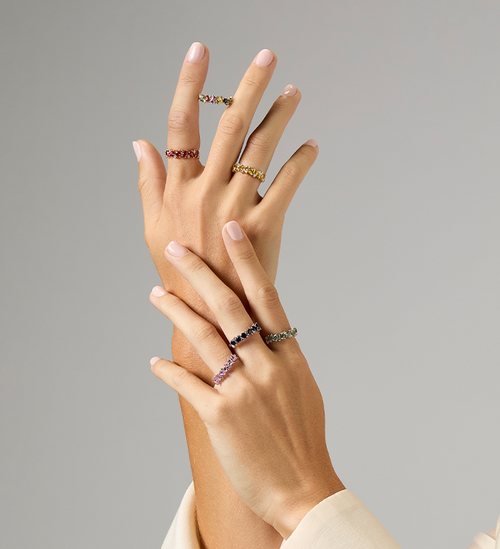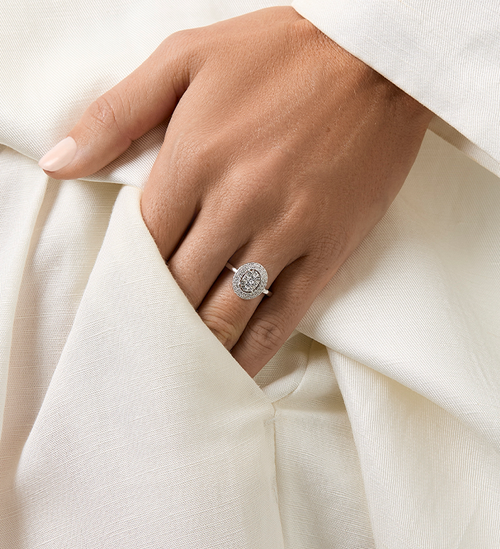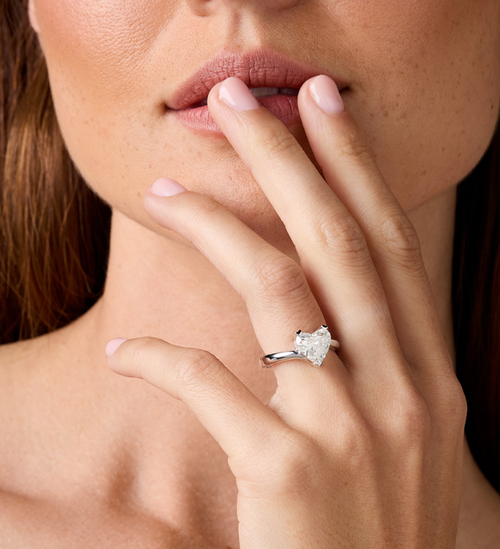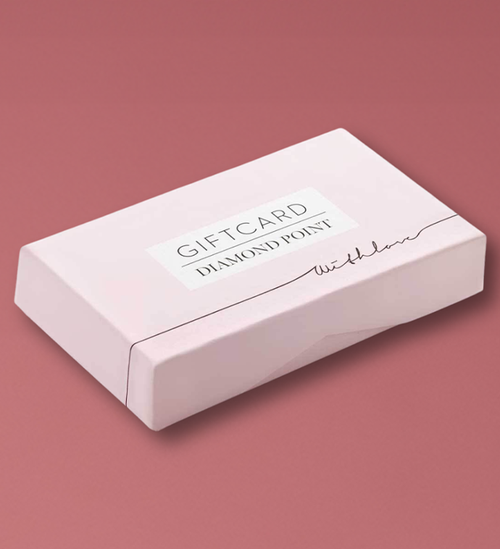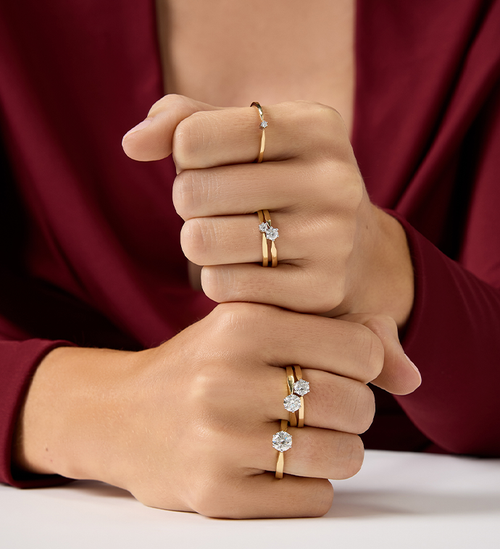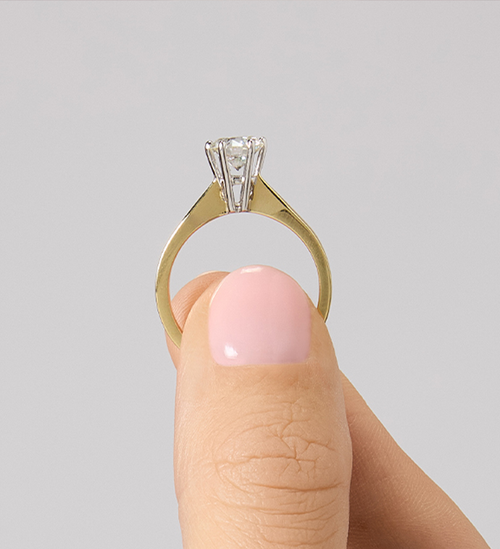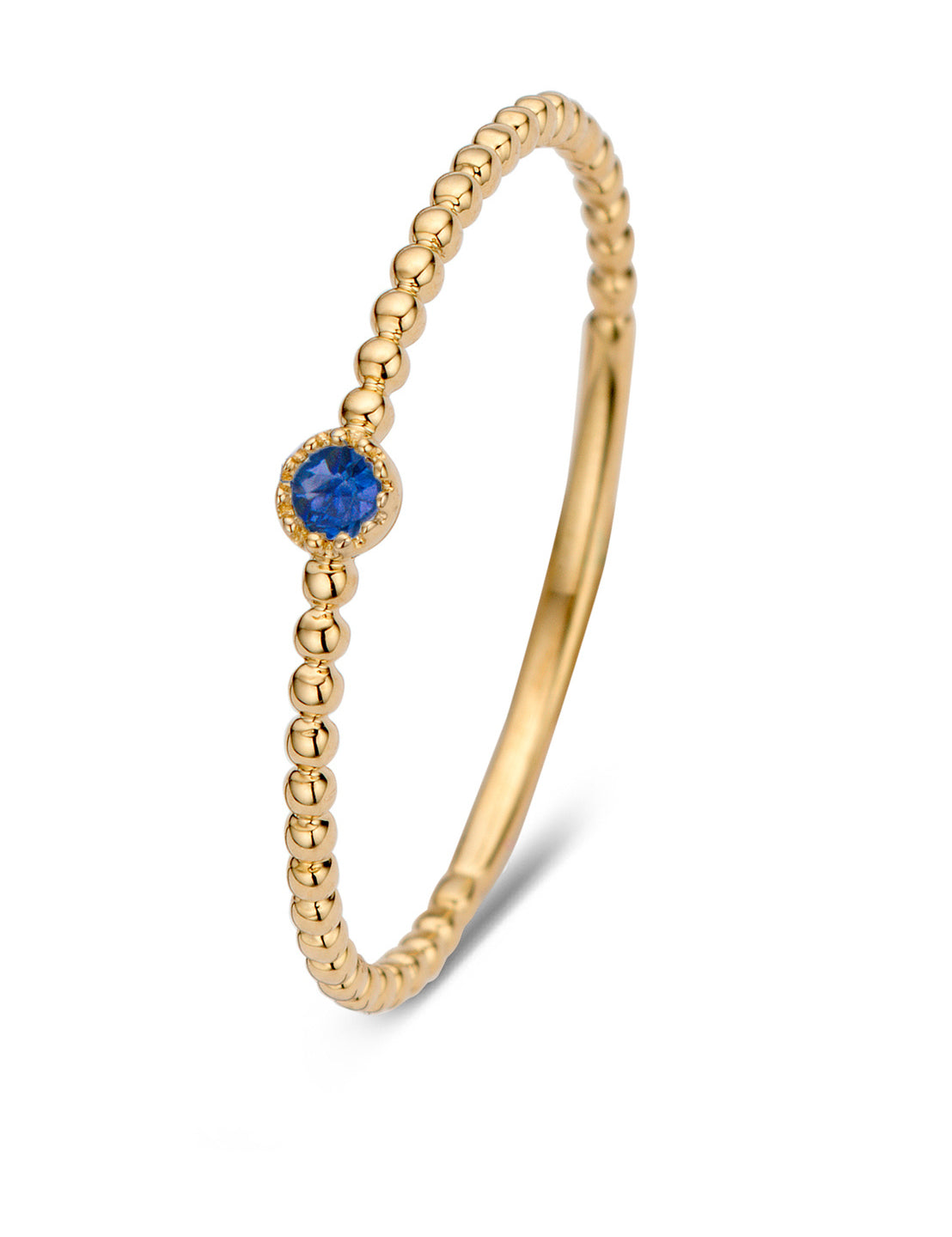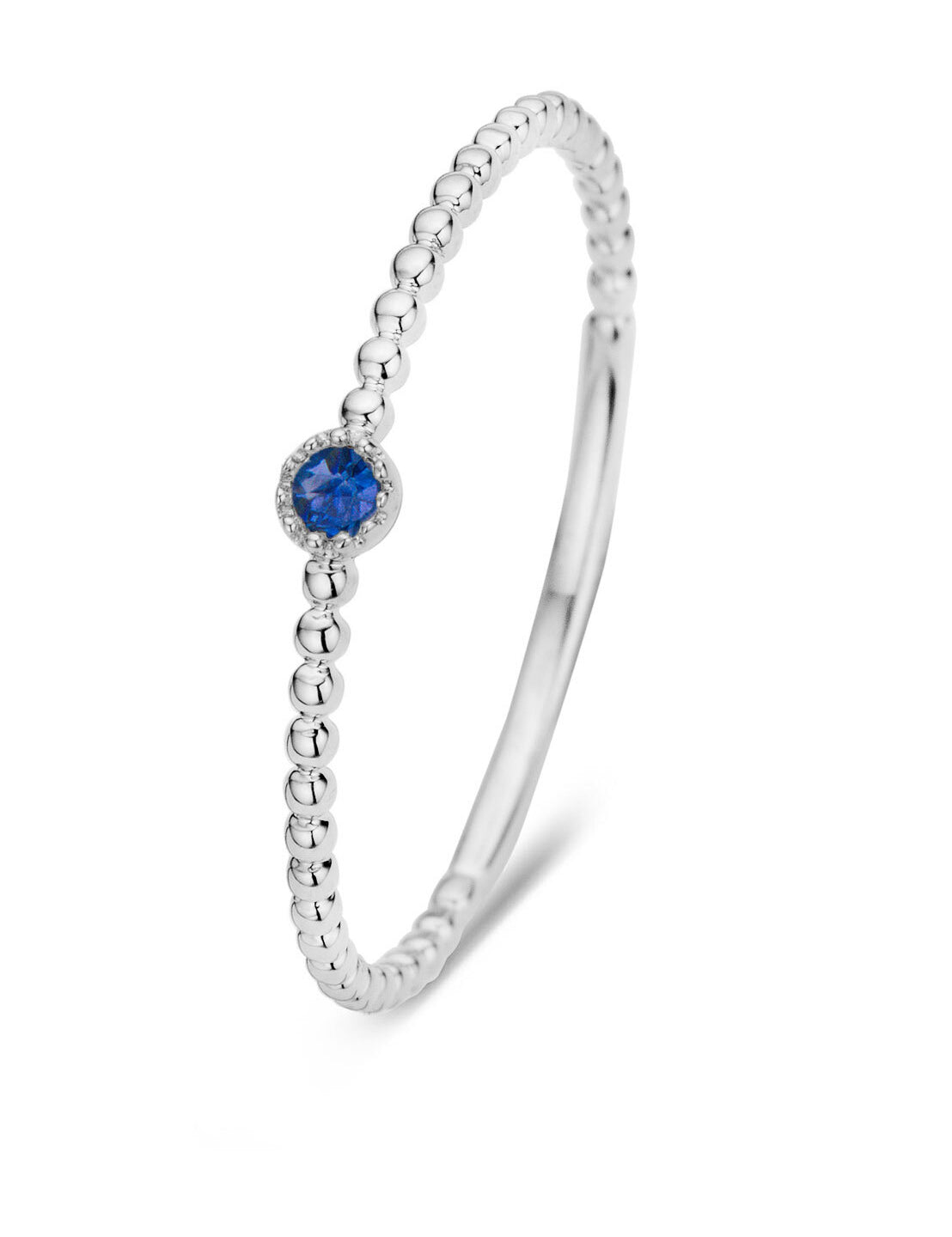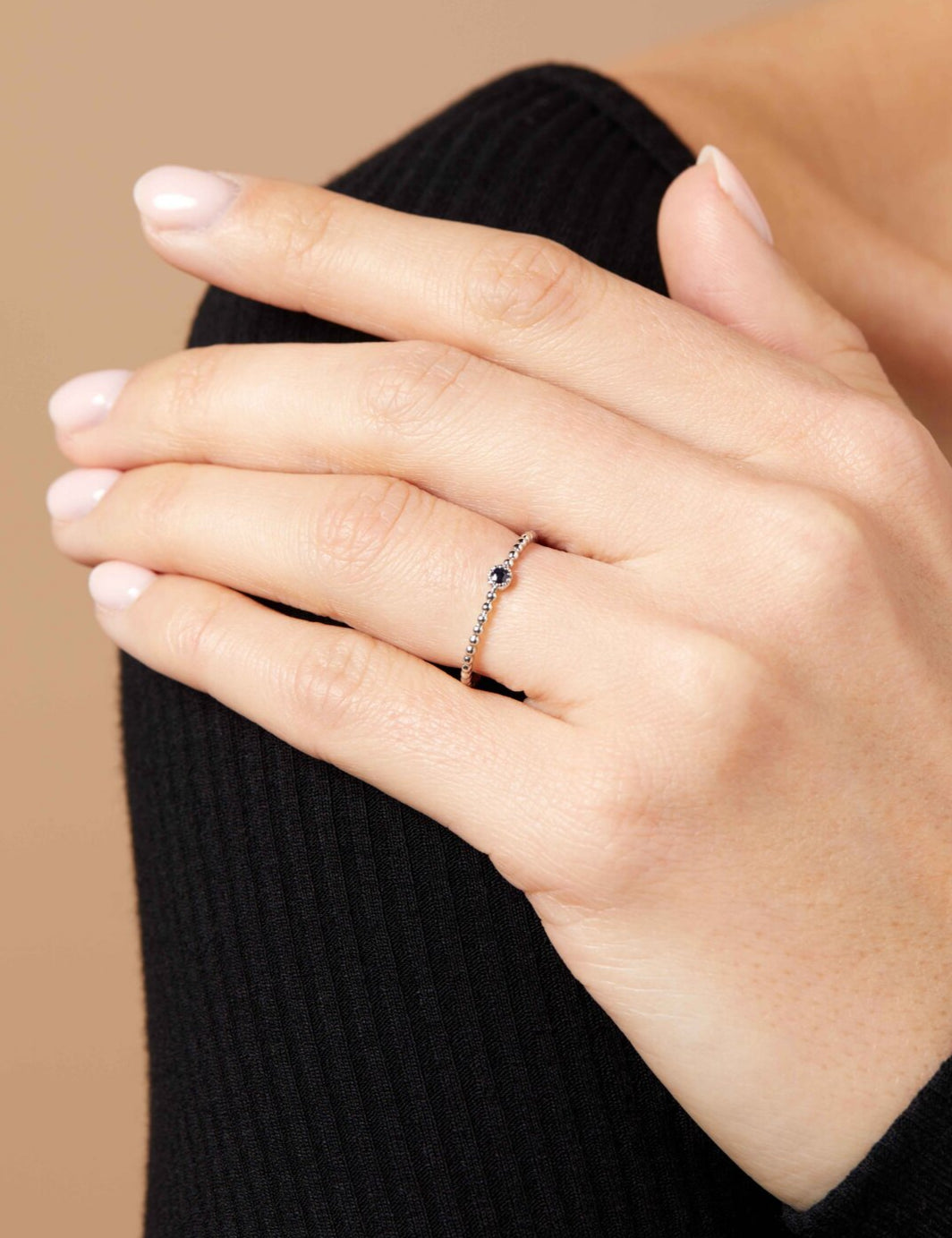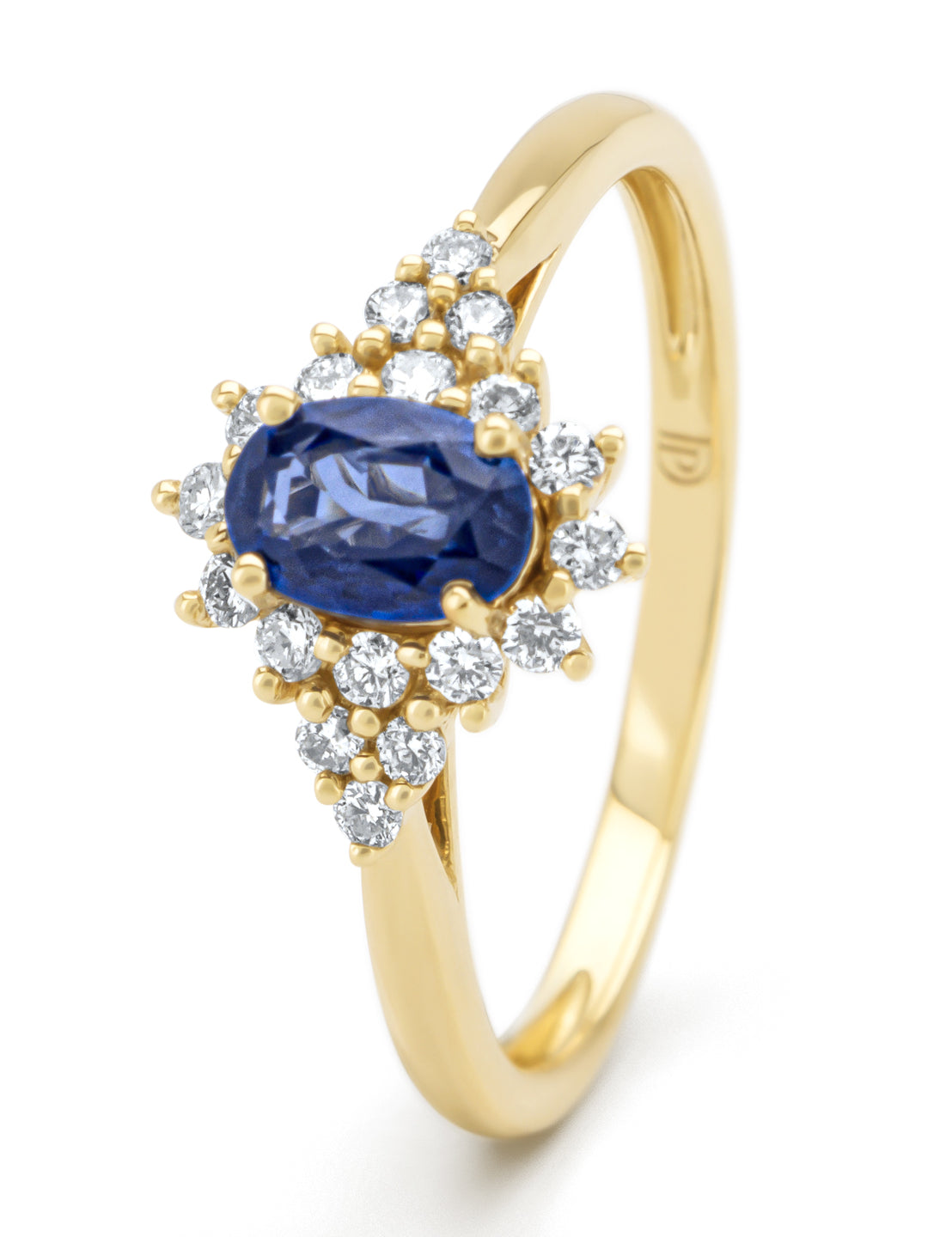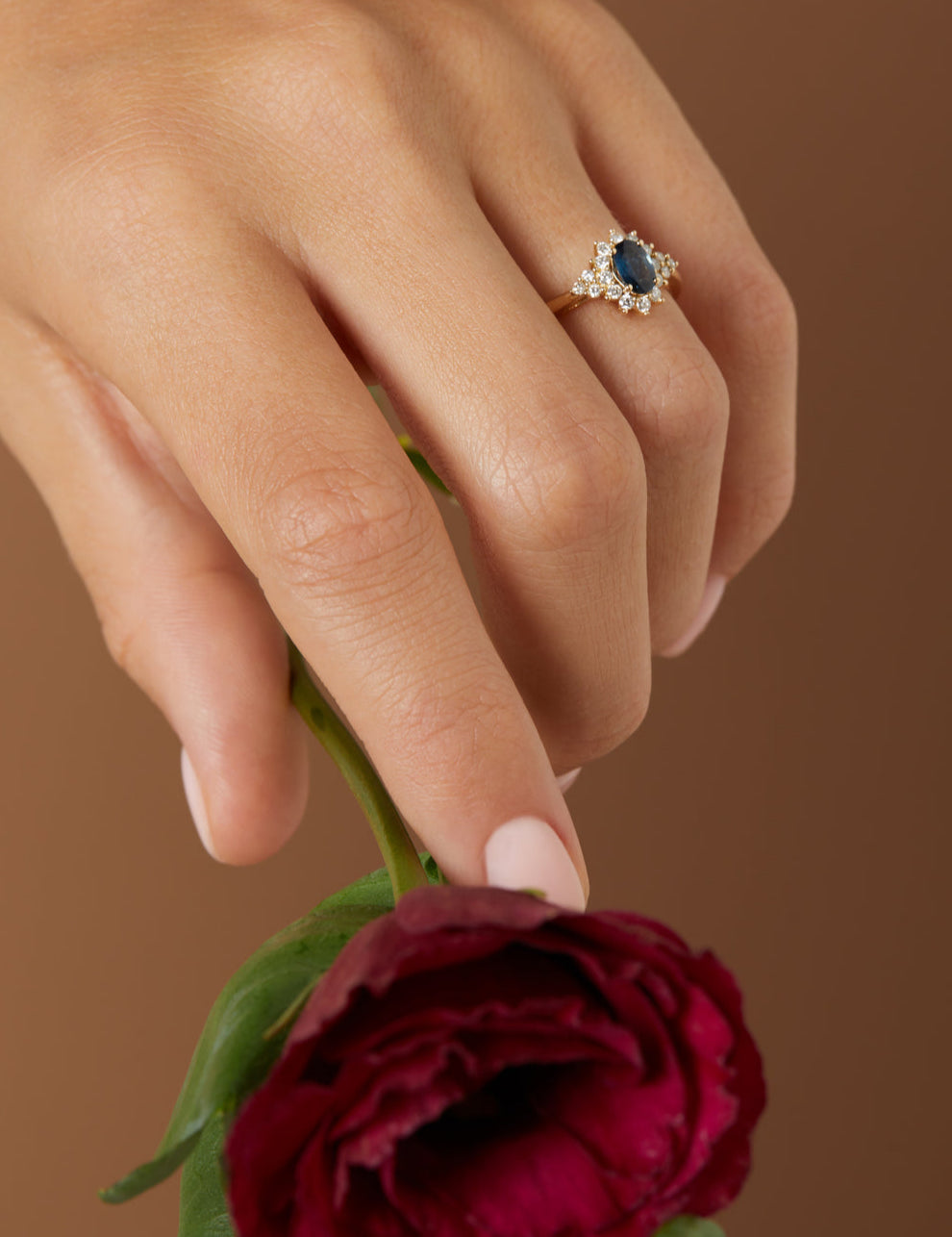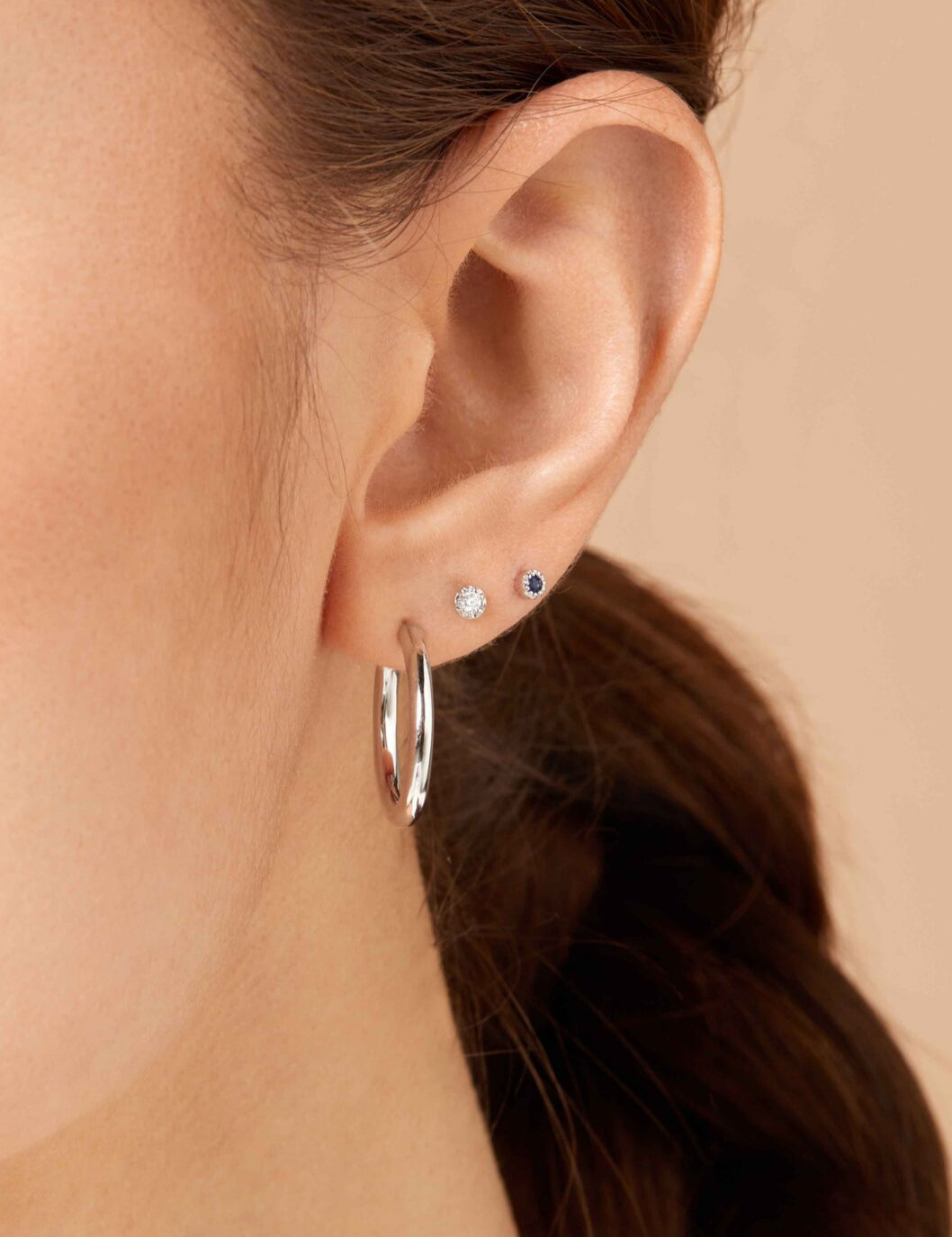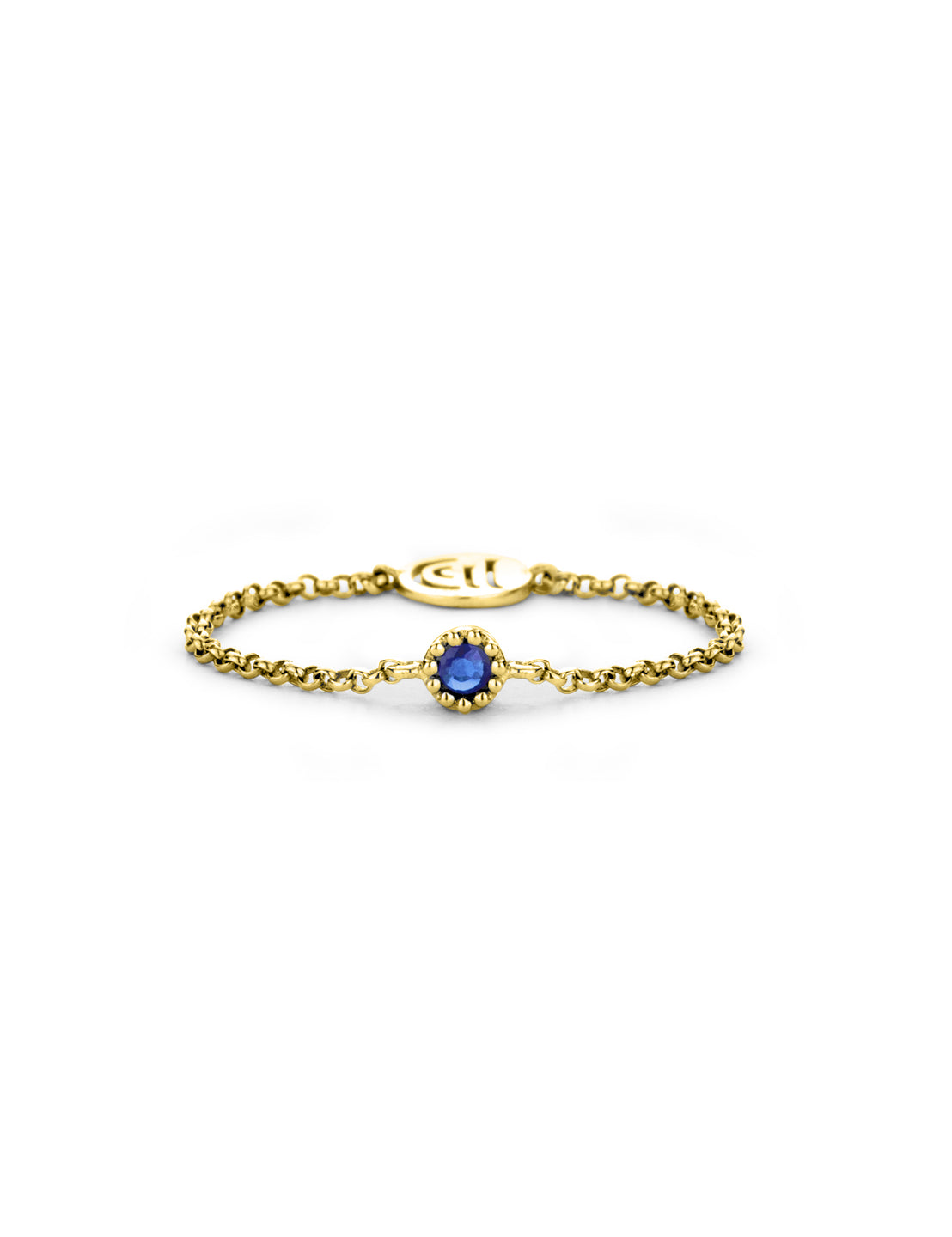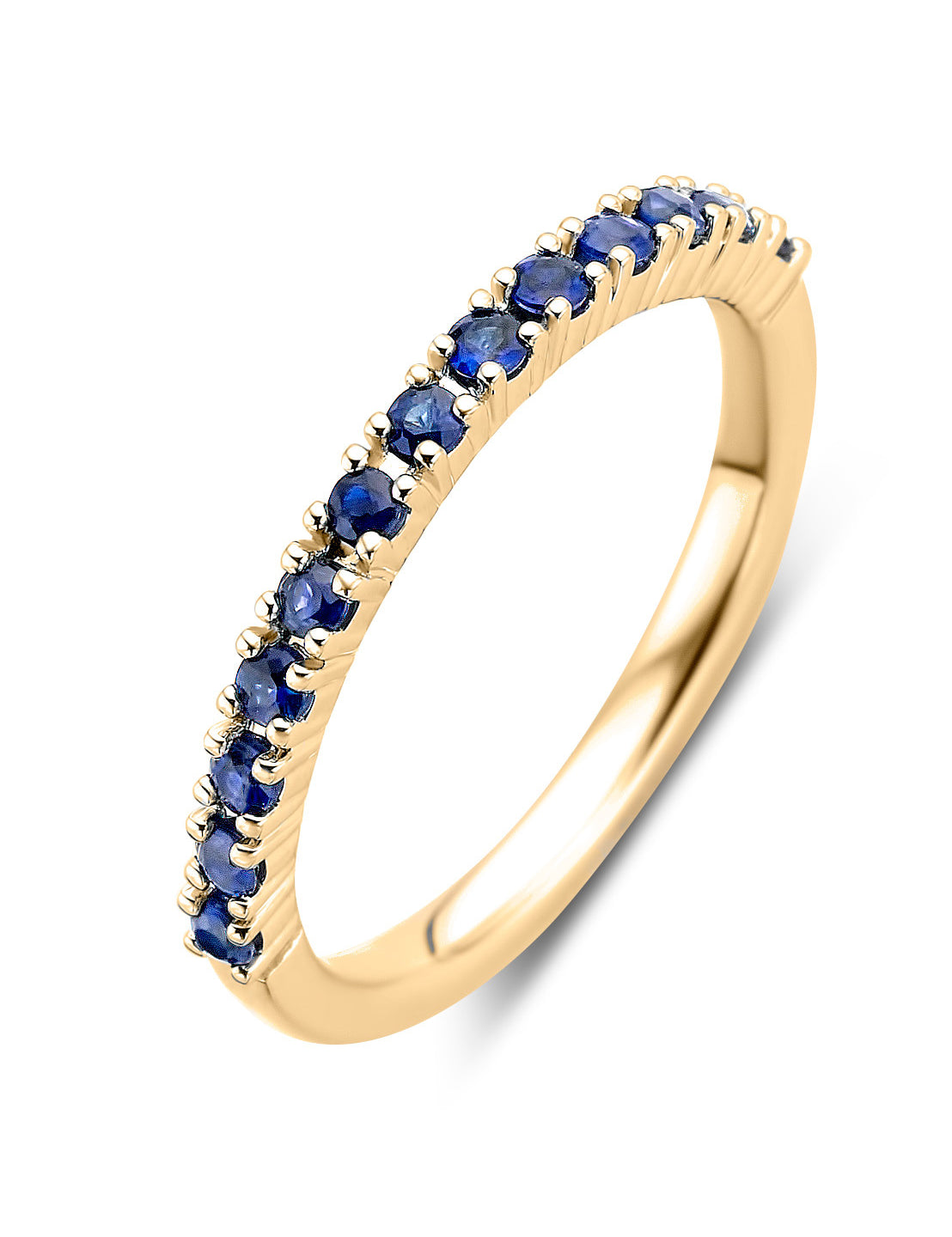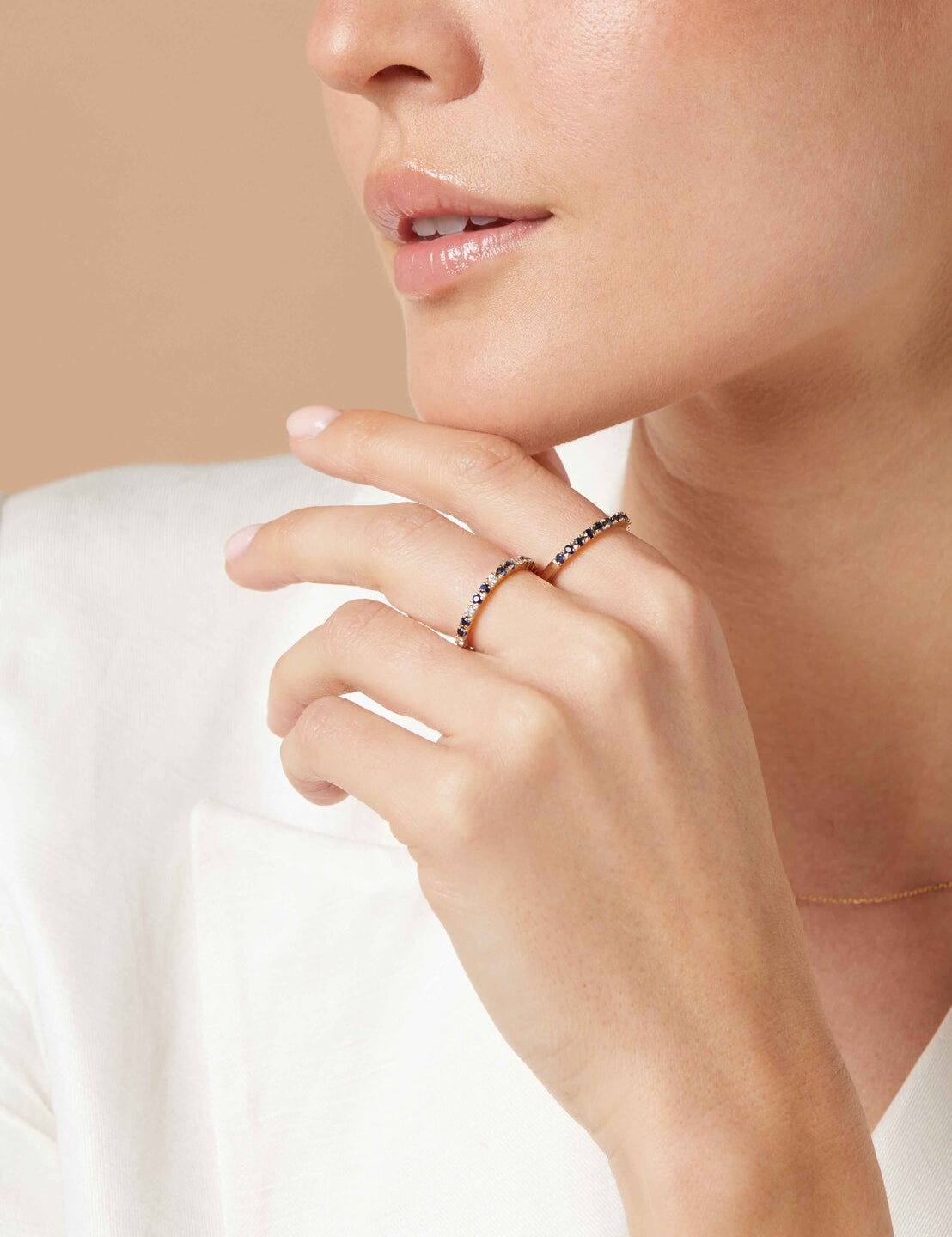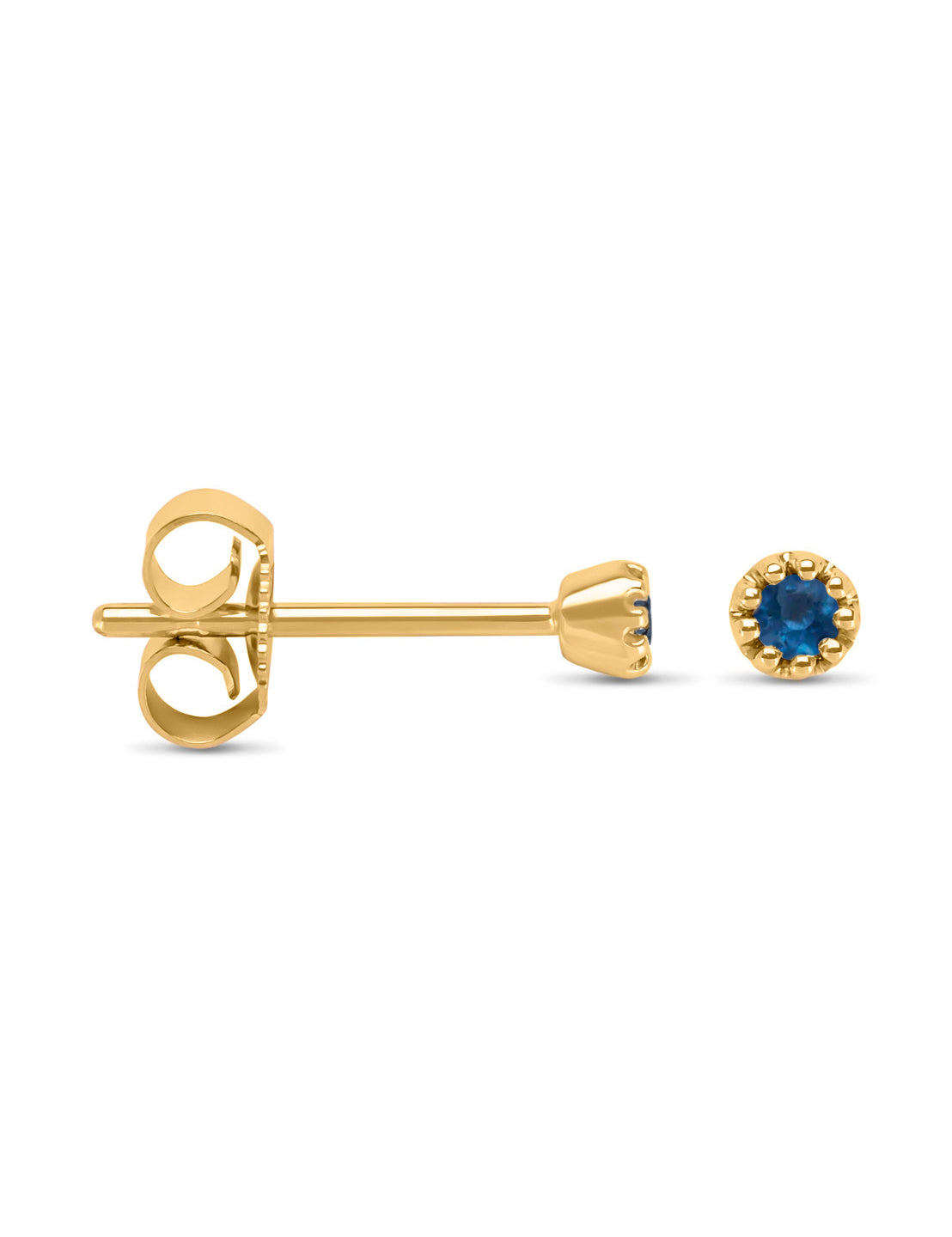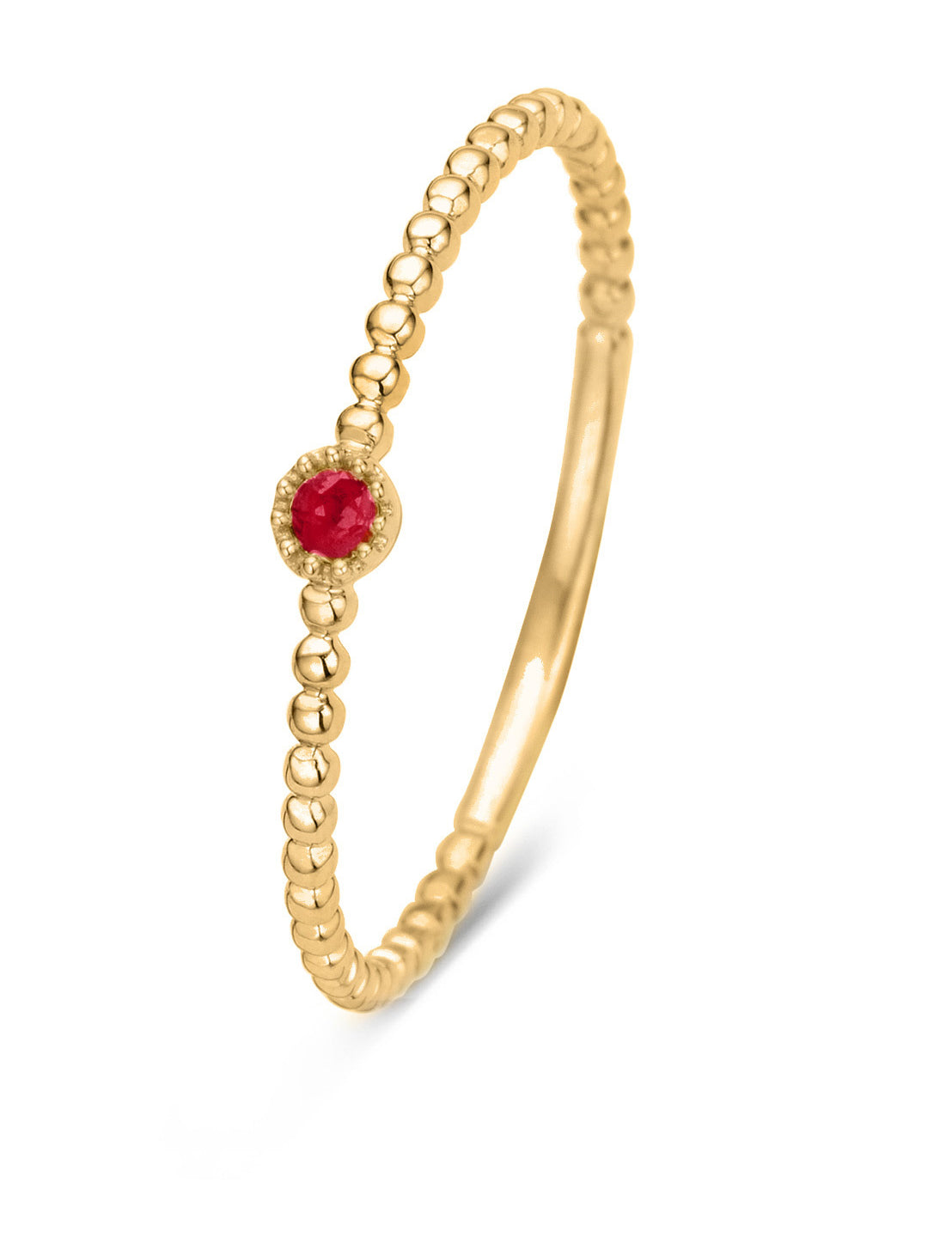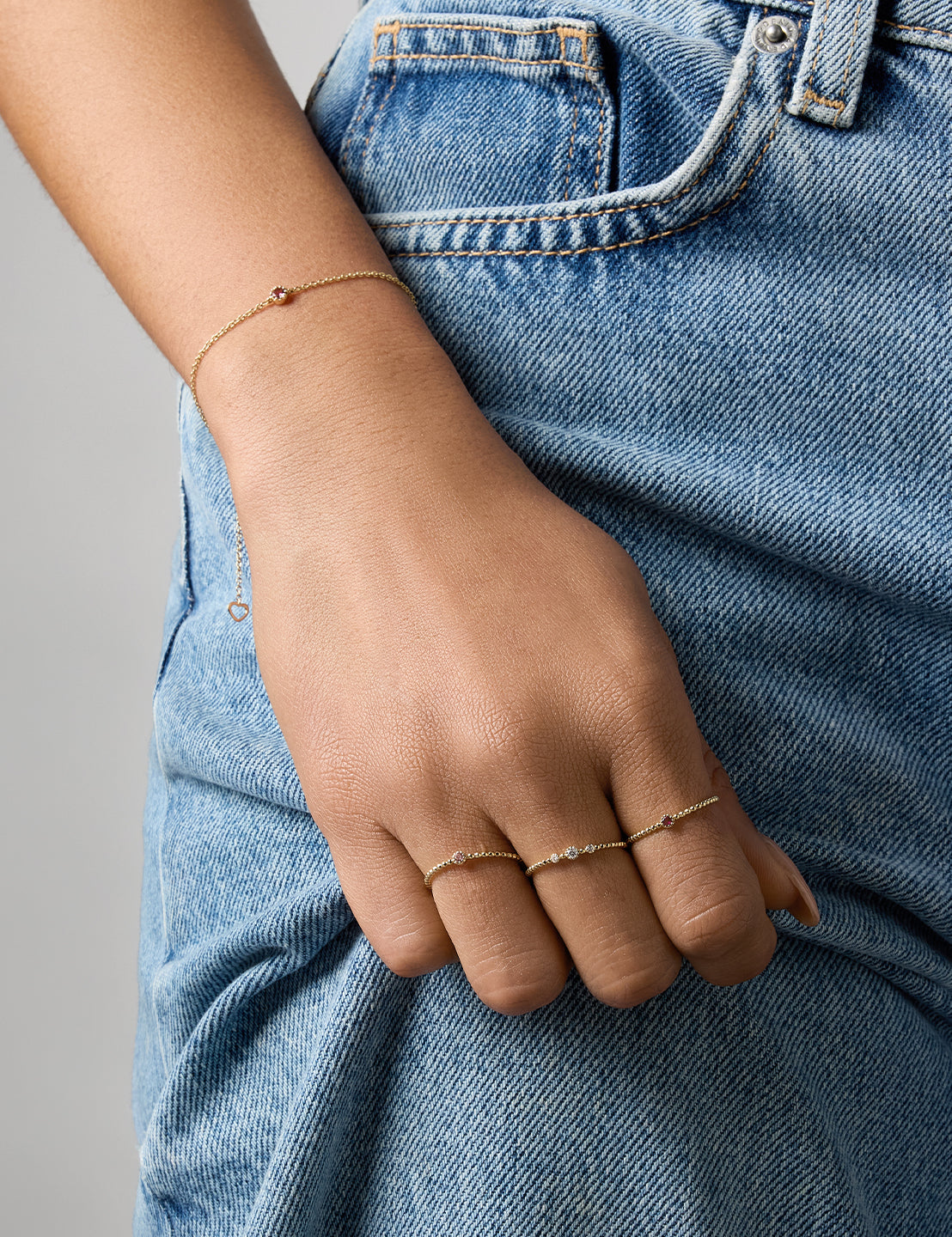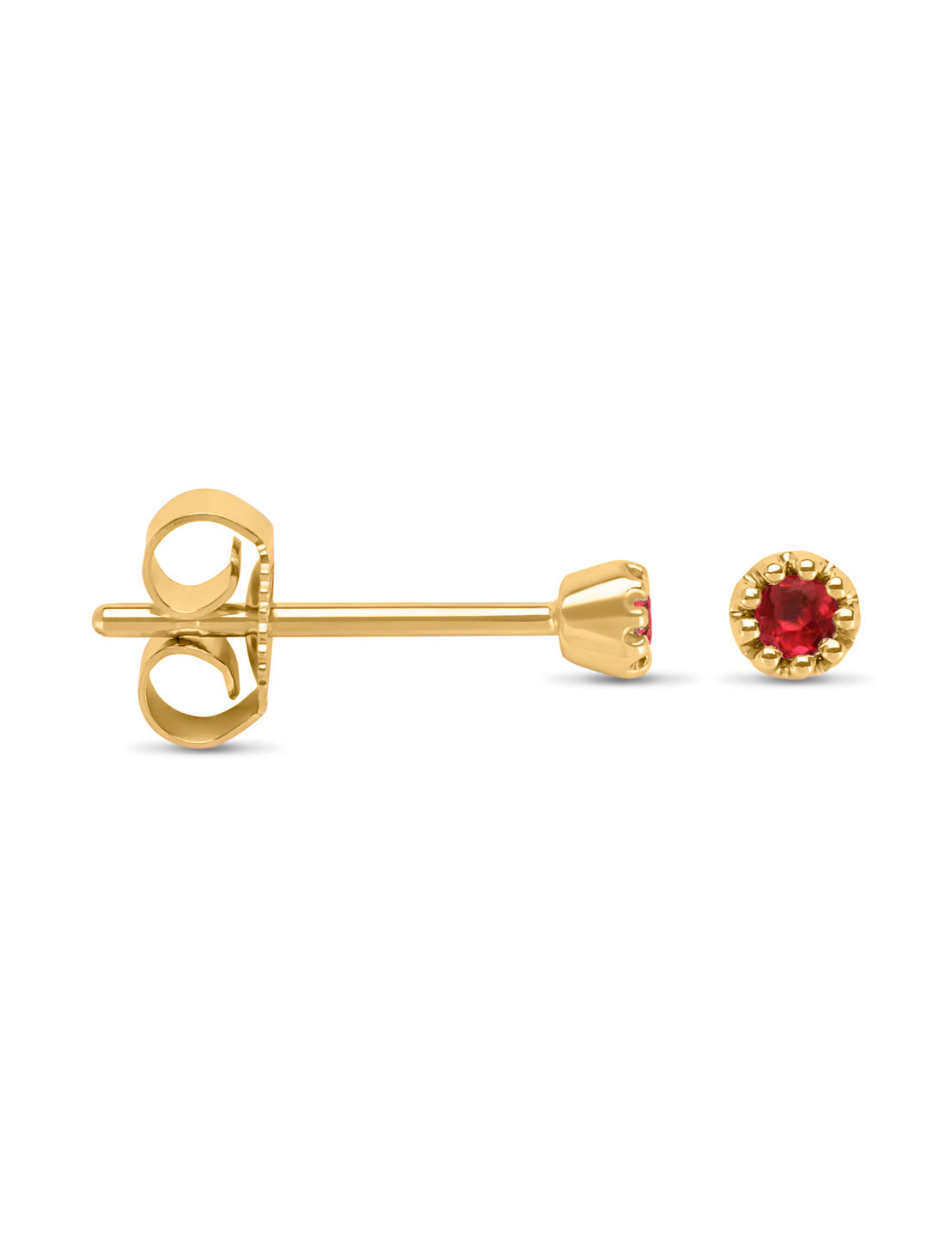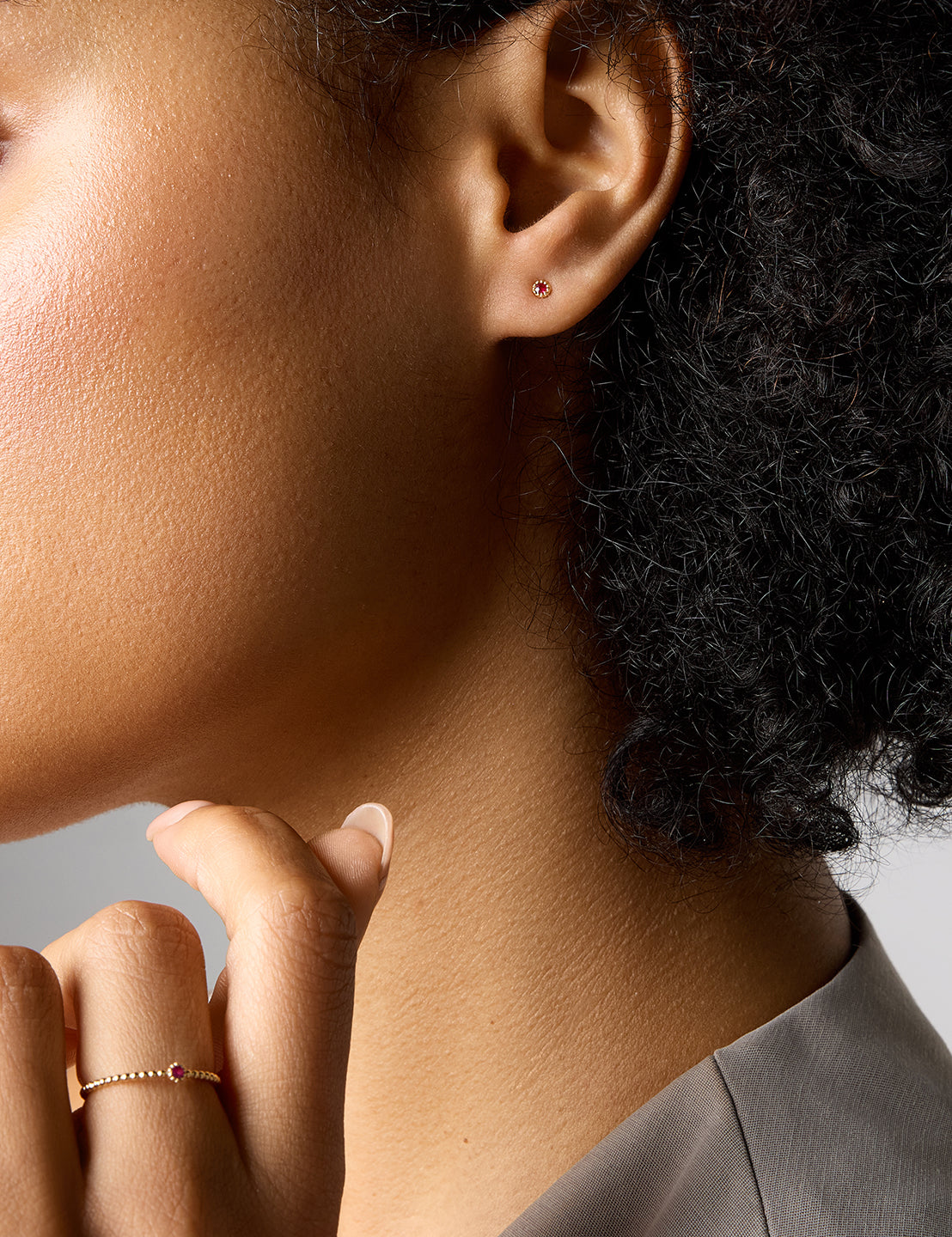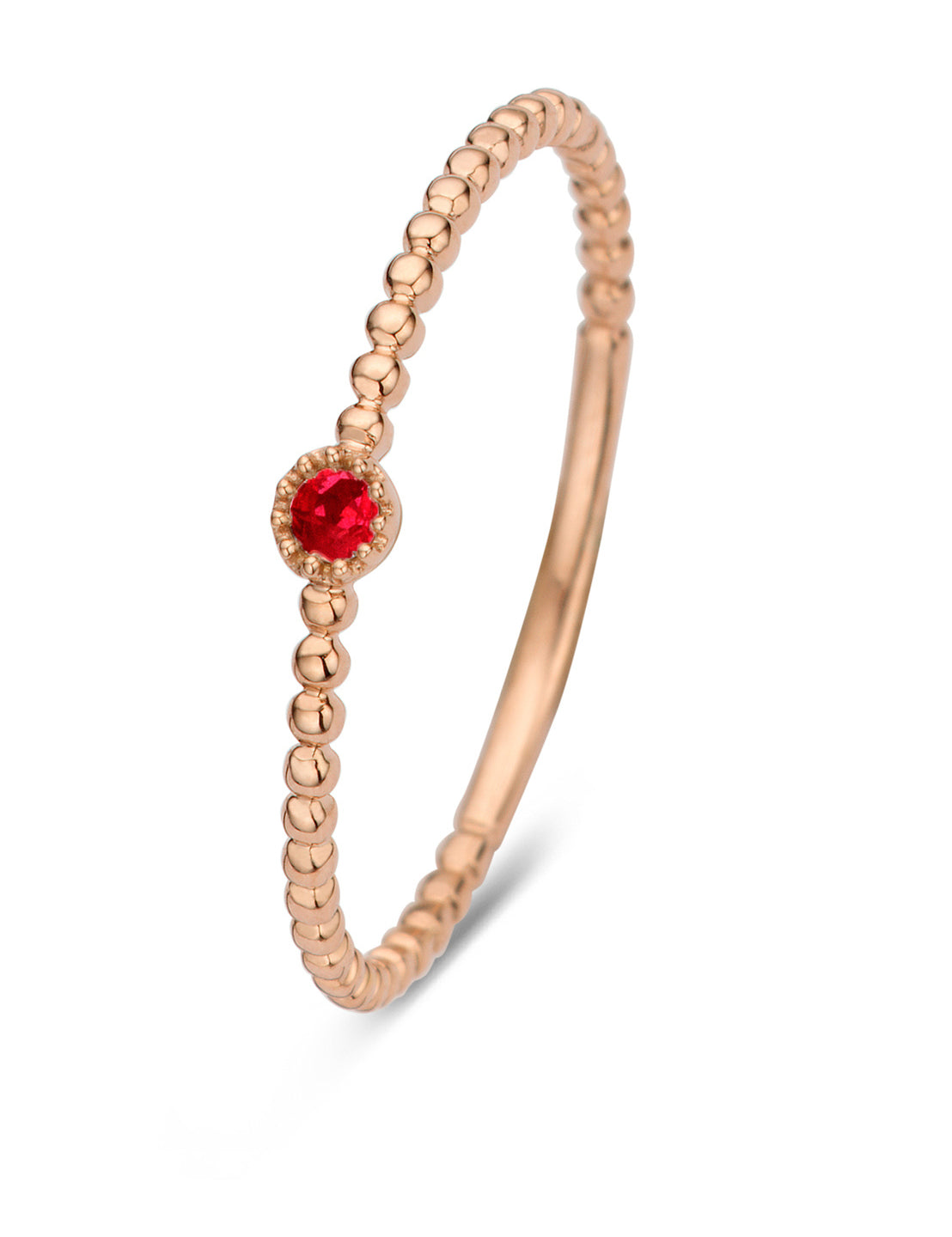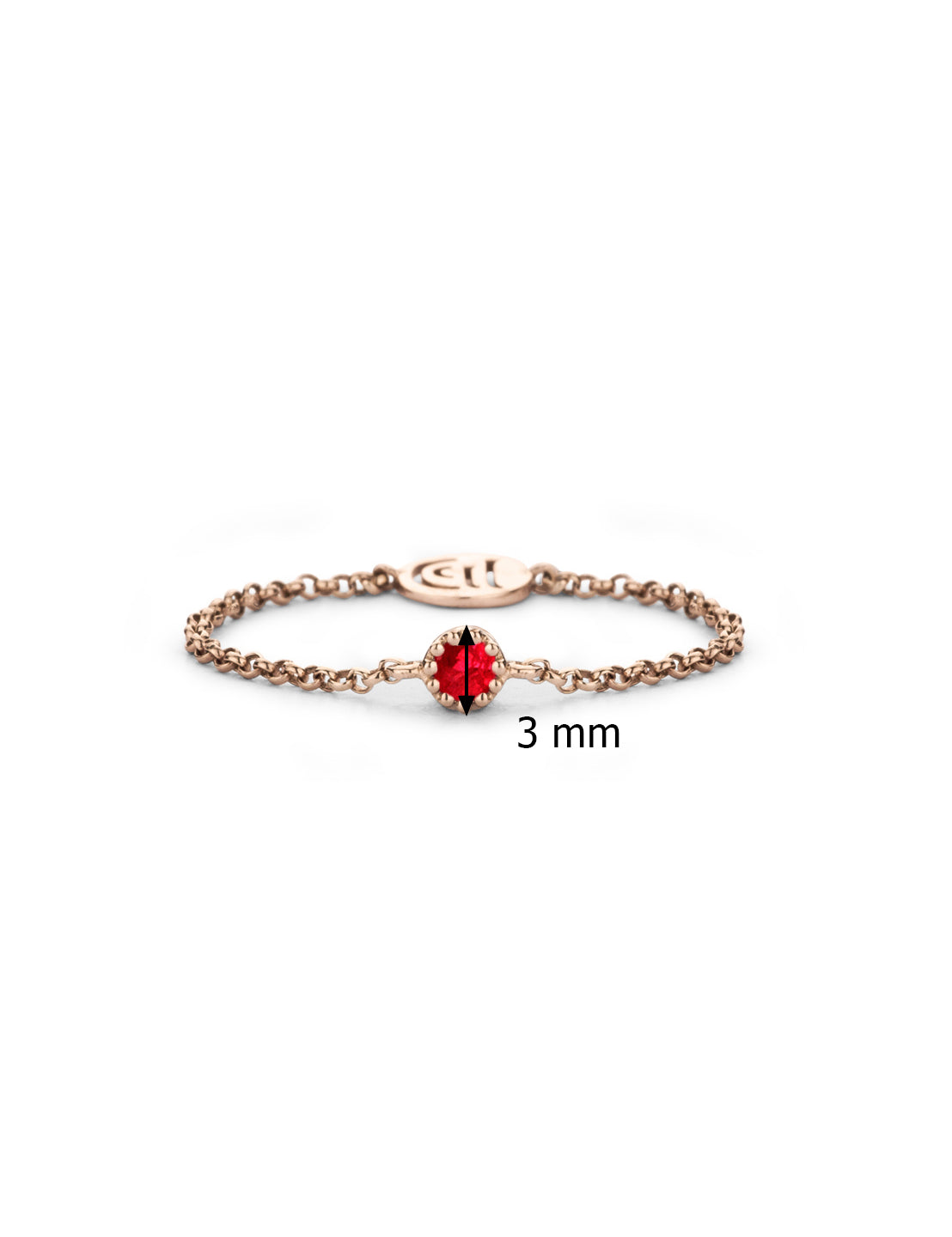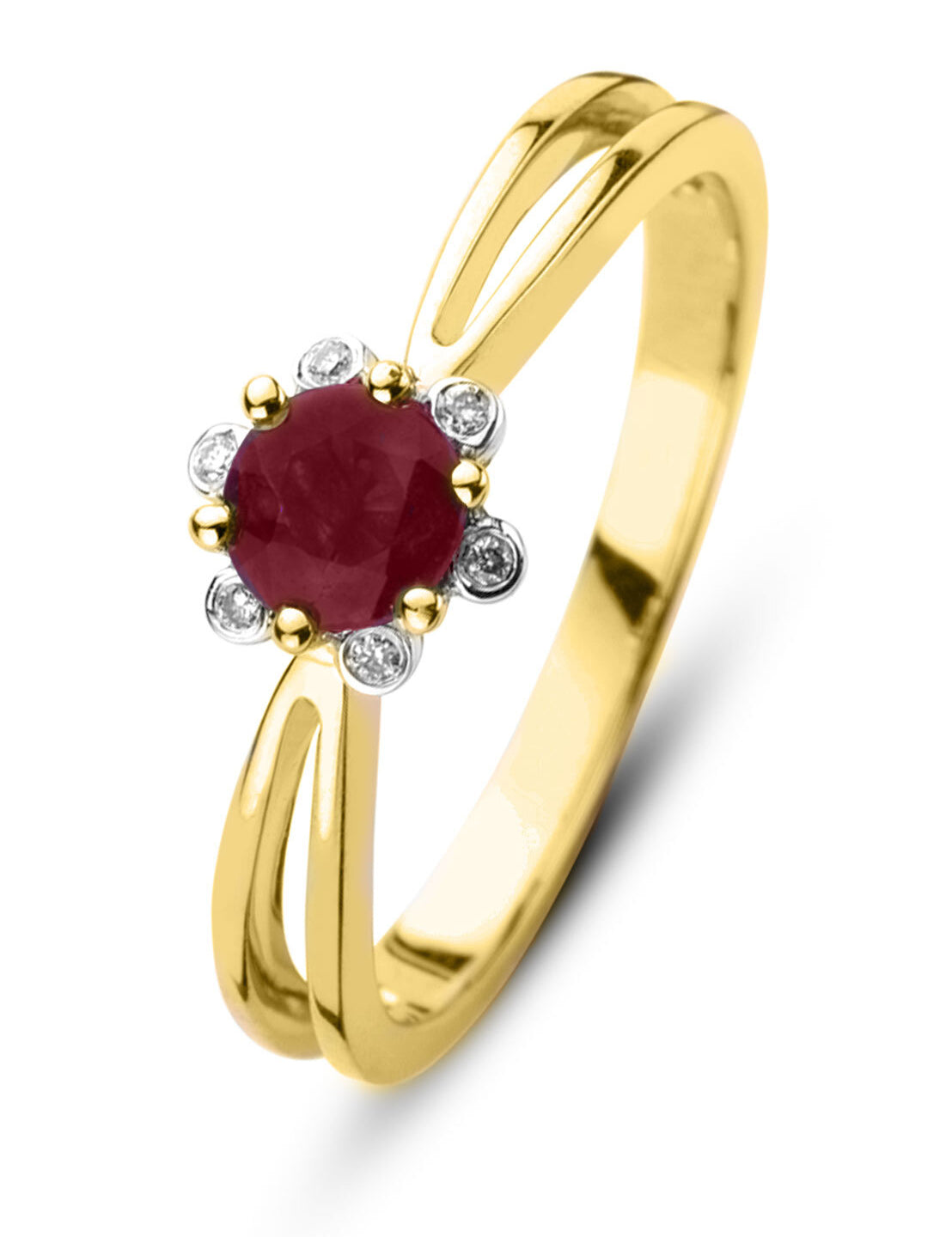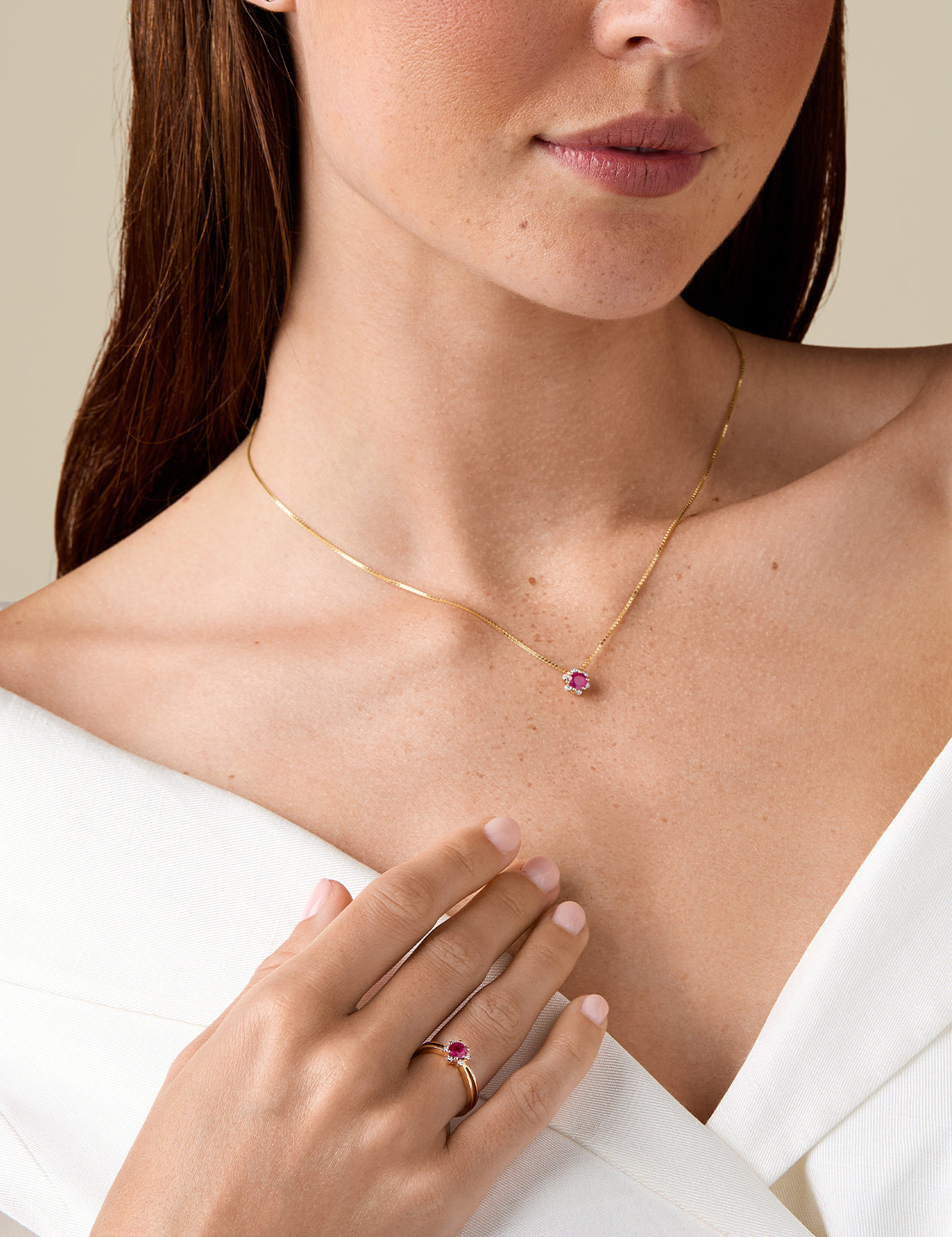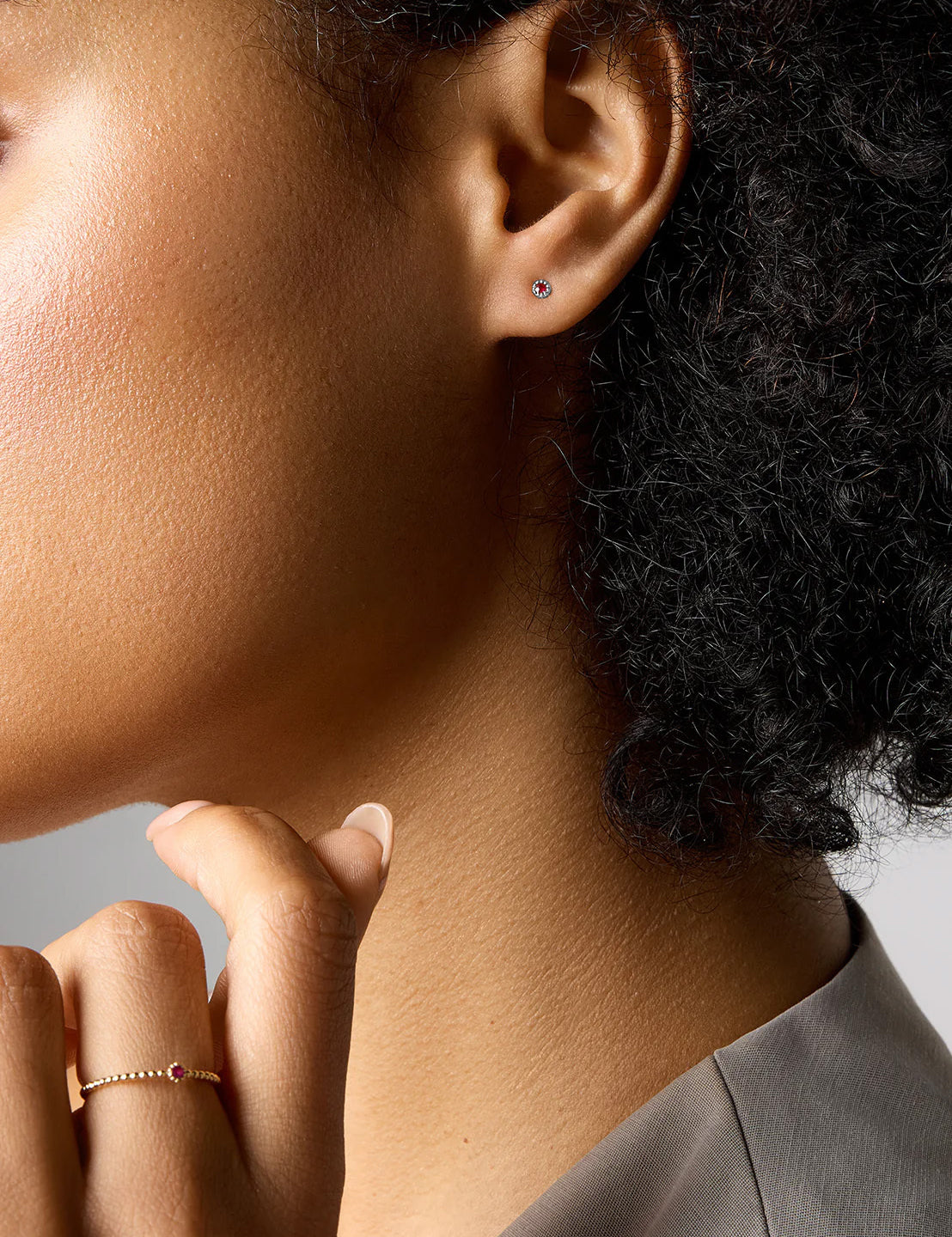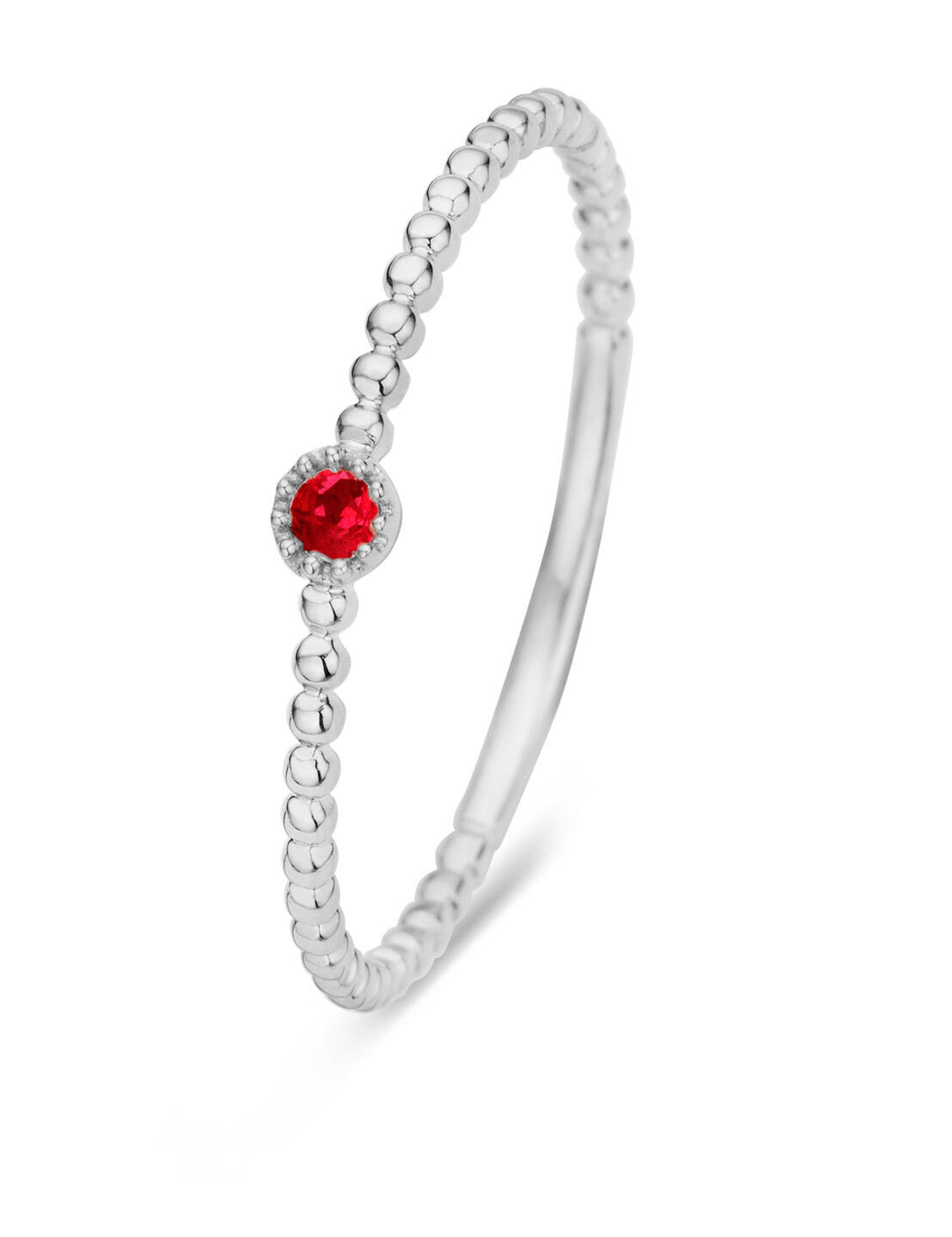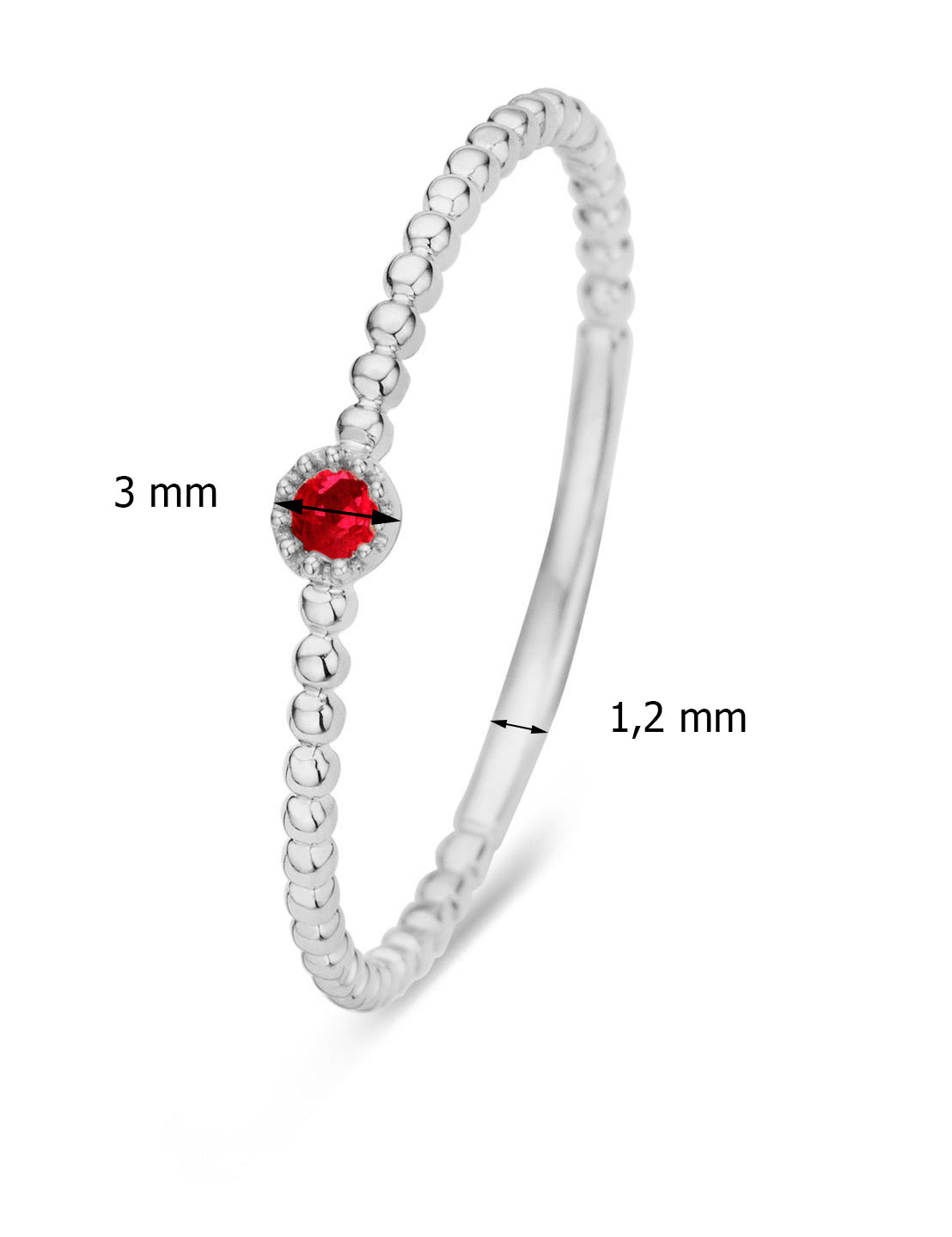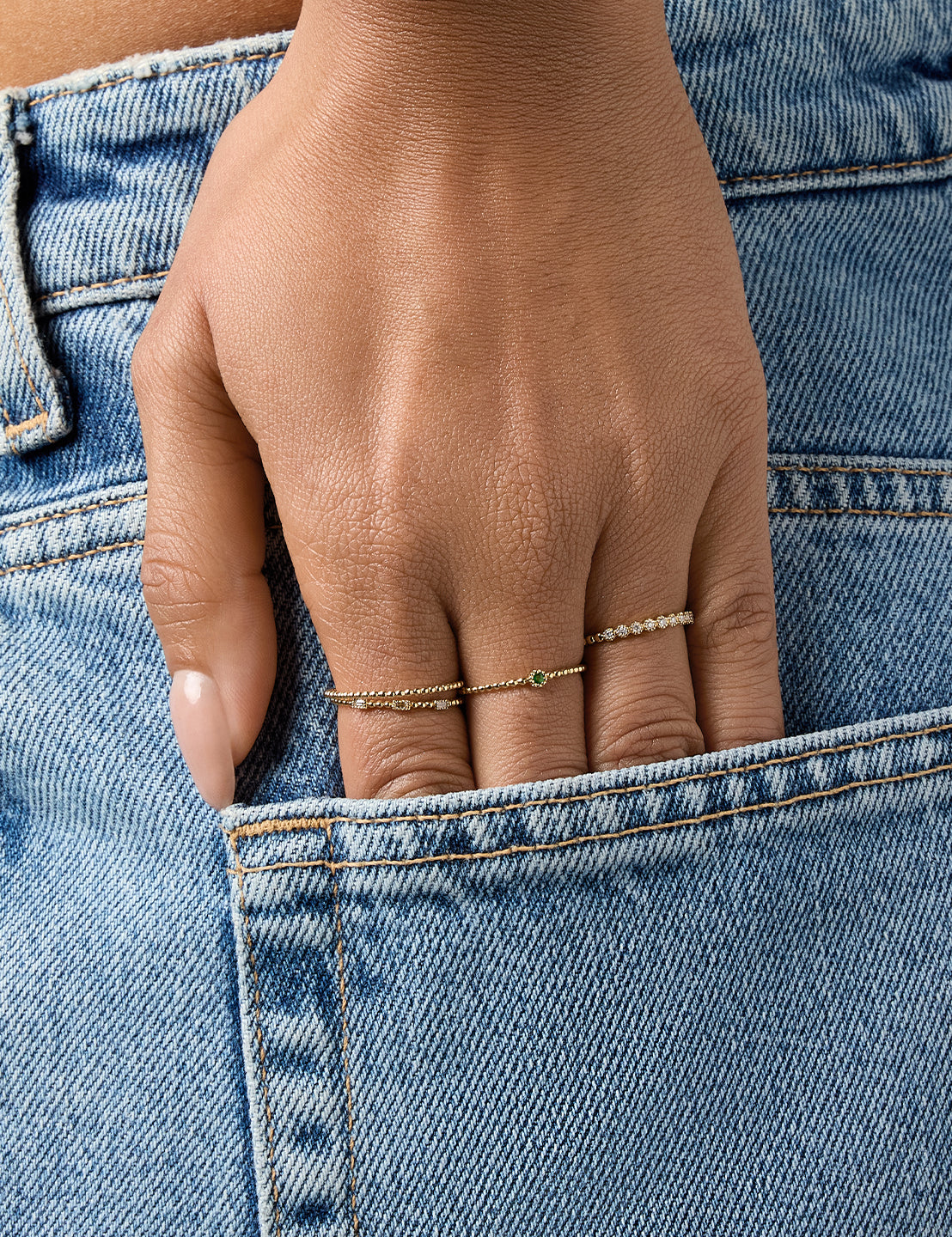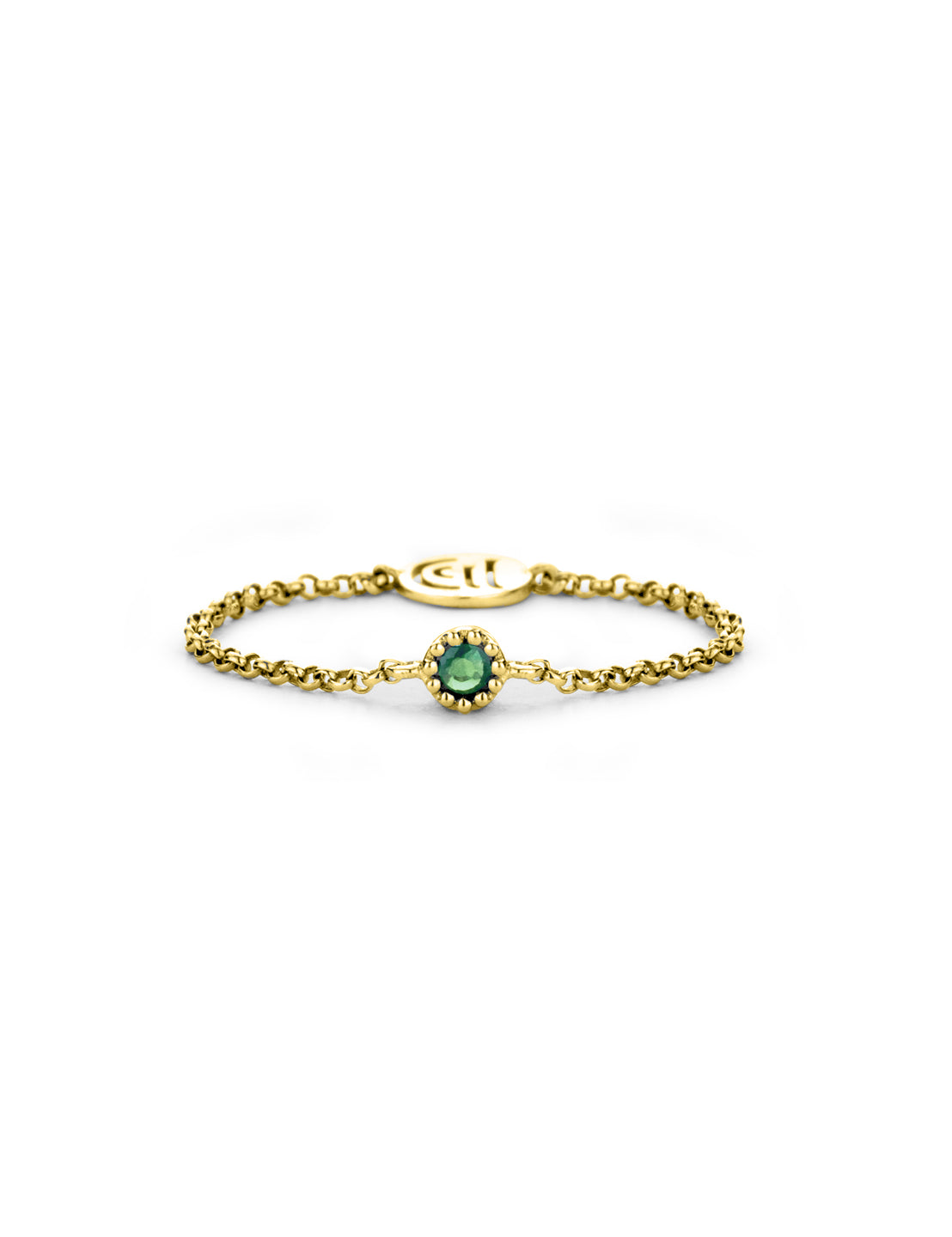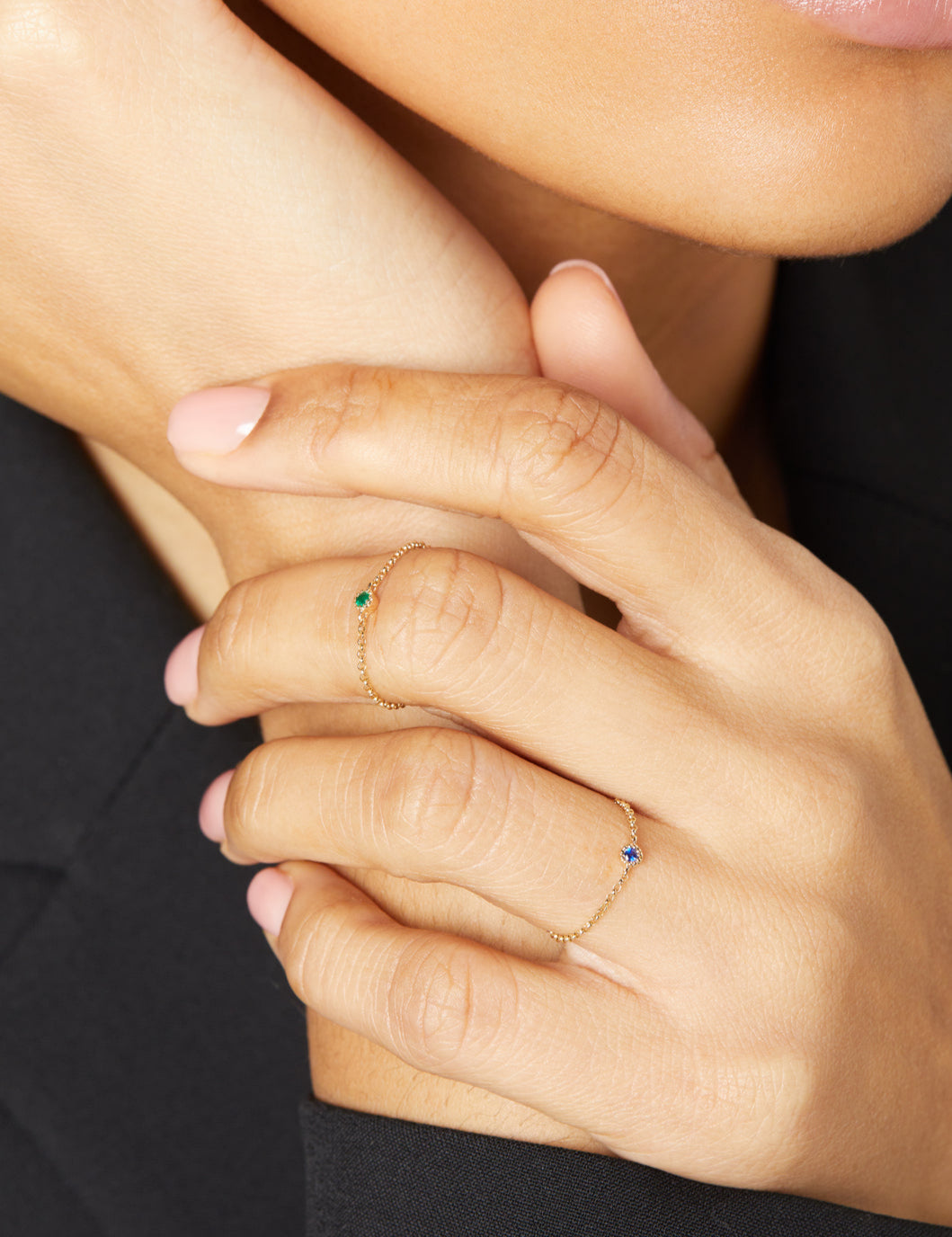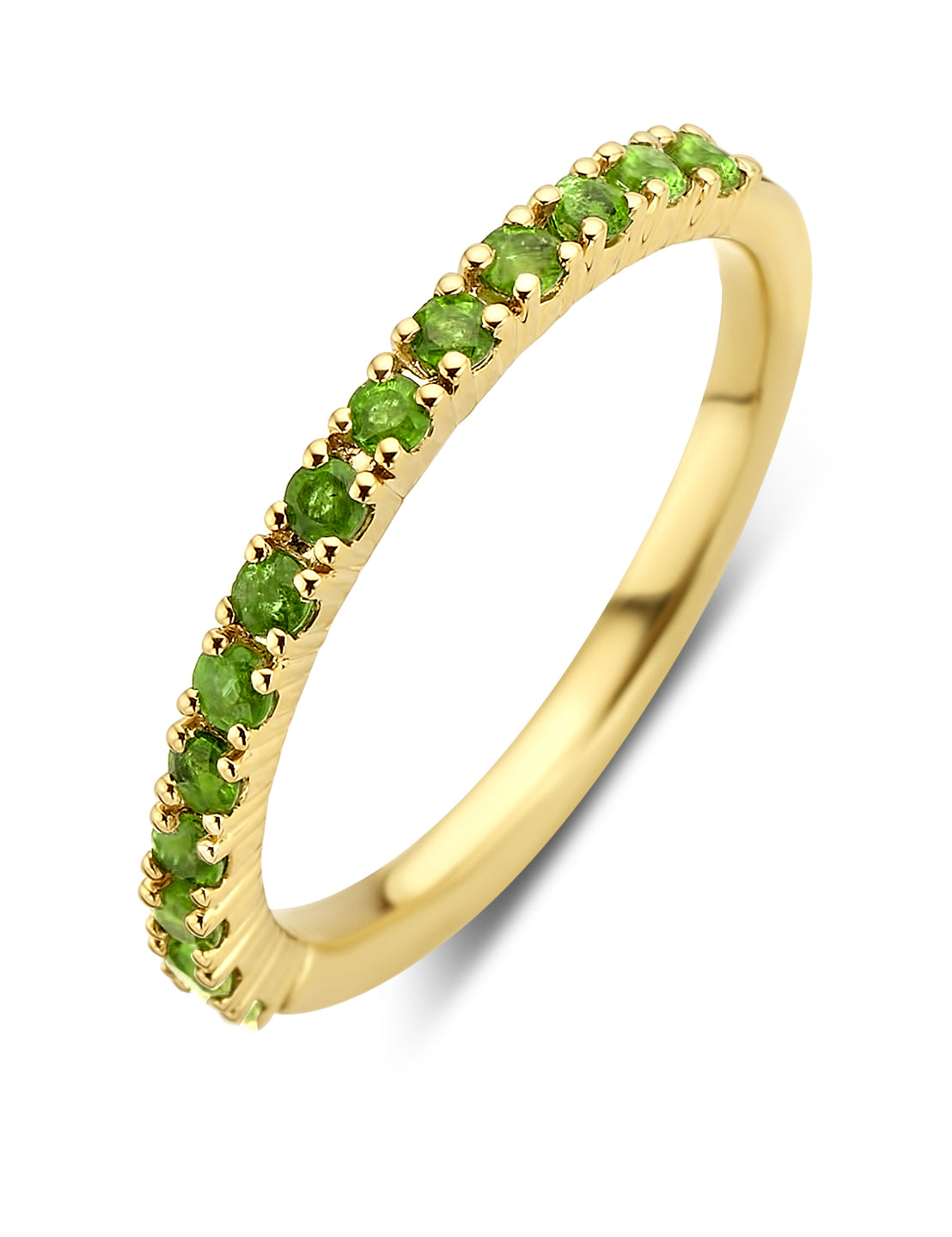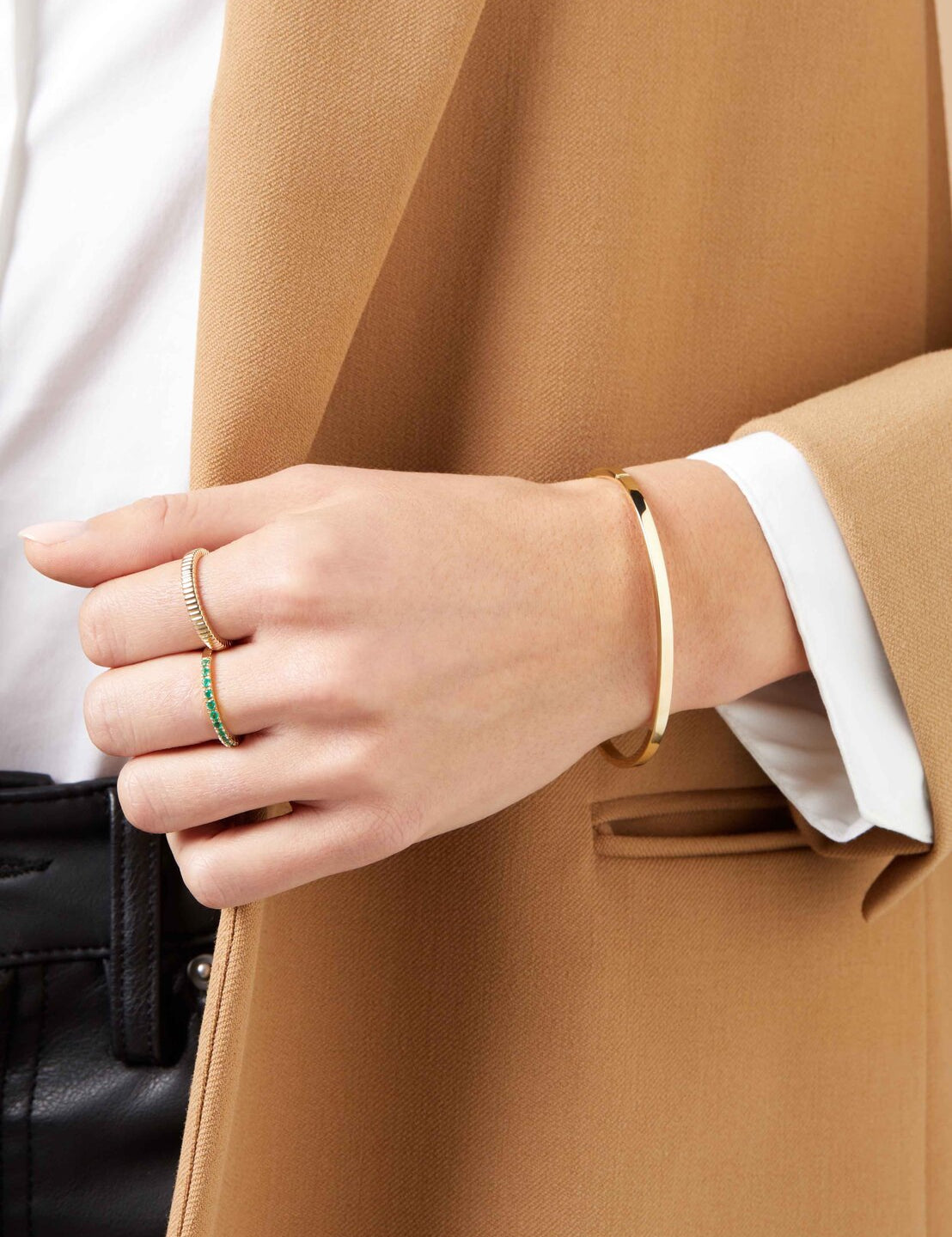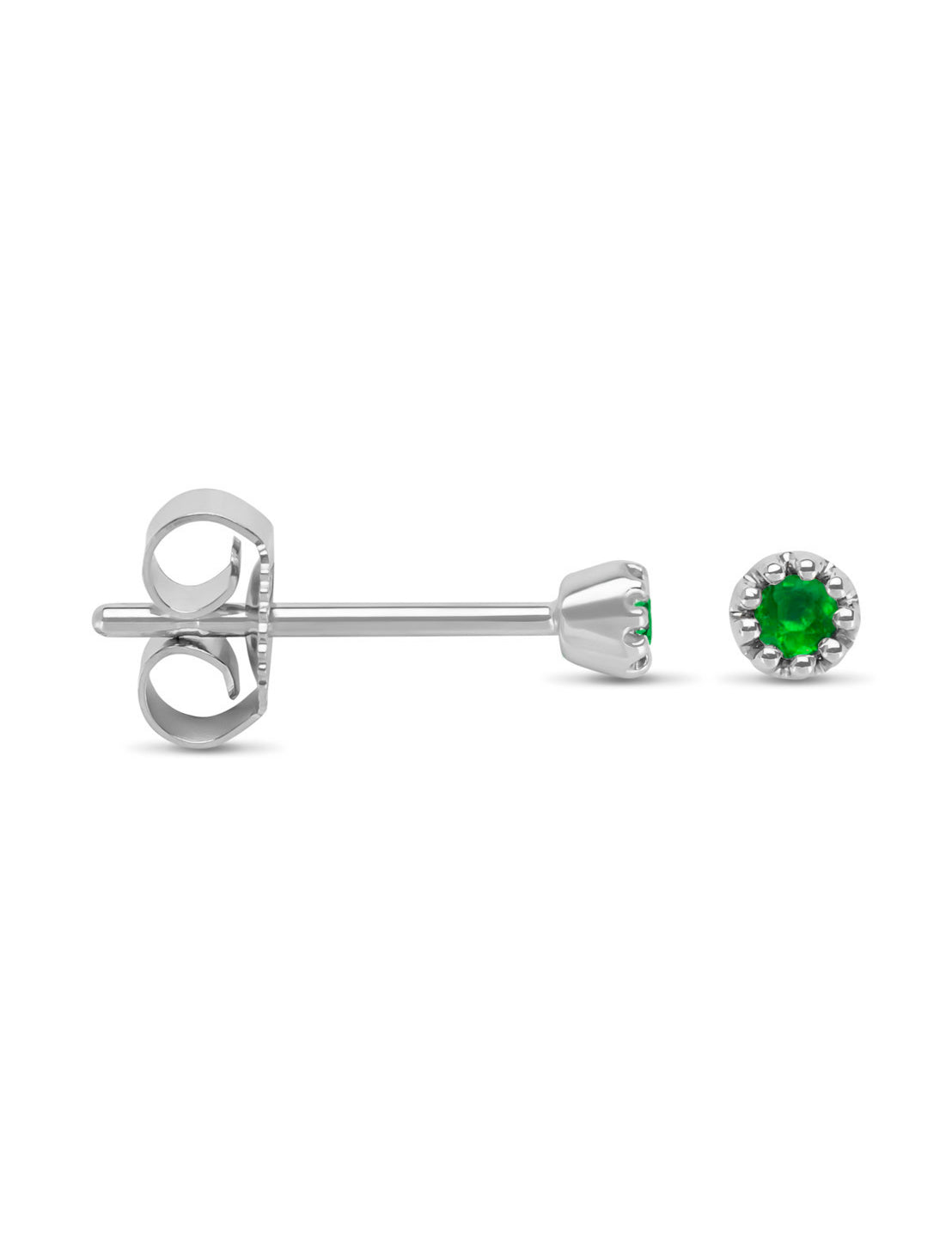The Big Four precious stones
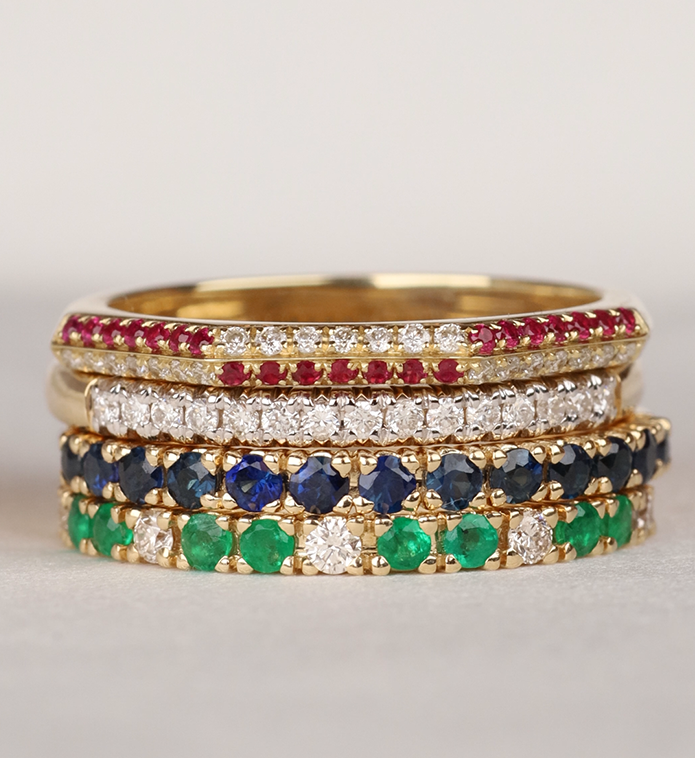

You are probably already familiar with the Big Five, but do you also know the Big Four?
The "Big Four" precious stones, also known as the Precious Gemstones, consists of the precious stones: diamond, sapphire, ruby and emerald. These gems were seen as the most valuable and most sought after precious stones. In this blog we will take a closer look at these gems, with the exception of the diamond. The diamond is awarded its own blog post.
Sapphire has been stealing attention for millennia. Sapphire, along with ruby, is part of the corundum family, making it the third hardest gemstone after diamond. The mineral does not contain gemstone cleavages and is also scratch resistant. This makes it ideal for jewelry. The sapphire, “stone of blue color”, owes its name to the ancient Greeks, but did you know that not all sapphires are blue. The corundum family includes all stones that are not red under the sapphire. The red stones fall under the ruby.
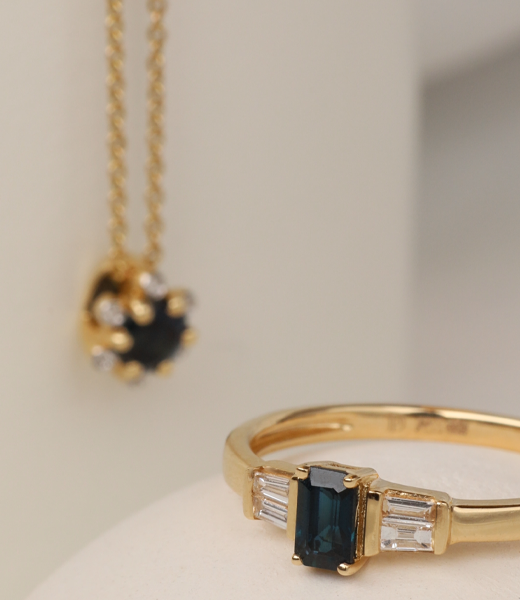

Origin
Sapphires are abundant all over the world, except for gem quality sapphires. The most important sapphire sources are found in Sri Lanka, Kashmir (India), Australia, Myanmar, Thaliand and Montana (United States).
Compound
Sapphires get their breathtaking colors from trace elements including iron, titanium, chromium and other elements. Different elements create different colors of sapphires. The blue-colored sapphires are generally referred to as sapphire. The other colors like yellow are called yellow sapphire, pink as pink sapphire and so on. All sapphire colors together are known as “fancy sapphires”.
Value factors
The color of a (blue) sapphire is the most important factor on which the value of the gemstone is estimated. This looks at the color tone and saturation. The purer the blue, the better. Some sapphires may have a gray undertone. The saturation is important because top sapphires have a strong vibrant saturation. Tone is also an important factor. Dark sapphires are relatively abundant and therefore never reach very high values.
Kashmir Sapphire
The most sought after sapphires come from Kashmir, North India. These could be found high in the Himalayas. However, the sources are now exhausted. This makes the gem from this area even rarer. In addition to the beautiful color blue, this sapphire also distinguishes itself through the sides. As a result, the light is scattered and gives the stone a soft, velvety appearance.
Sapphire jewellery (62)
Ruby
The second gem in the Korund family is the mighty Rubinus Lapis, the red stone. Better known as the Robijn. This stone was also known to the Indians as "Ratnaraj", the king of the precious stones. The name Robijn comes from the Latin word Ruber, which stands for the color "red". The stone was loved in different cultures. Few other gems have so much myth, tradition and romance around them as rubies. Many cultures symbolically associated rubies with wealth and power.
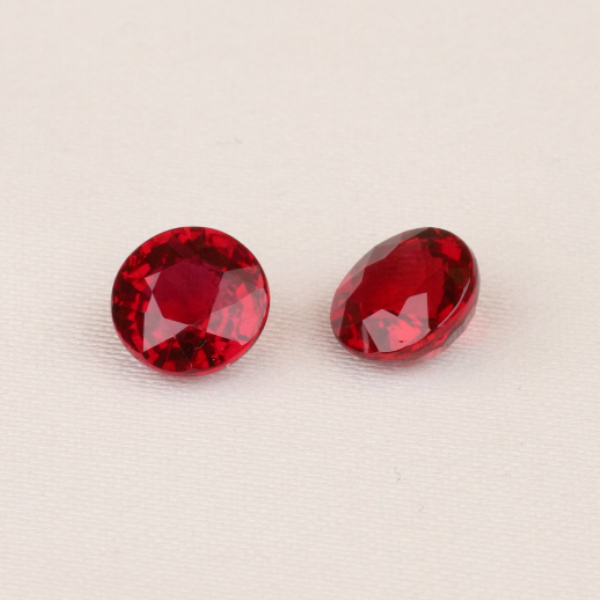

Origin
Robines are found in different places. The most beautiful rubies come from the hilly surroundings of Mogok, Myanmar (former Burma). This country is seen as the world's best source for rubies, because of the classic red color and transparency of the stone. The king of former Burma used to be called "the Lord of the Robijnen". In addition to Myanmar, Robijnen are also found in Thailand, Pakistan, Vietnam, Cambodia, Sri Lanka, Tanzania, Madagascar, Kenya and Mozambique.
Compound
The content of chrome and iron that is in a ruby determines the color range. The gem can vary from pink -red, purple -like, orange and brownish red. The content of the trace elements chrome and iron varies per location where the ruby is formed. That is why sometimes terms such as "Burmese" and "Thais" are used to describe the color of the stone for rubies from certain locations. For example, the stones from Myanmar have a purple -red undertone and the Thai rubies have a more red -brown undertone. However, the color is not always an indication of origin.
Colour
In the color spectrum of Robijn, not all red -colored korund stones fall. In this spectrum, according to most gemmologists, medium to medium dark red -colored tones fall. Stones lighter than this are called pink sapphires. However, there is no general agreement on where the limit is drawn between rubies and sapphire.
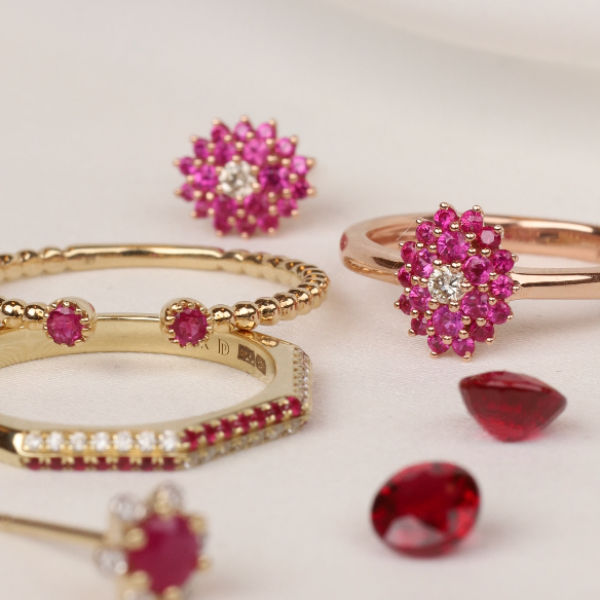

Myanmar Robijn
The rubies from Myanmar are valued for the highest compared to other rubies. These have the coveted, almost perfect color that is also called pigeon blood red. This means that the ruby is a light -purple red with lively saturation and dark tones. In addition, they also have an extremely red fluorescence. They fluoreses so strong that the effect can even be seen in sunlight. Thai rubies usually do not have this characteristic.
Value
The price of rubies can vary enormously, depending on the size, color, origin and treatment. Large rubies can also be worth more than diamonds of comparable size. These are also rarer. In addition, small rubies have a higher values compared to small sapphires. This is because small sapphires occur relatively more compared to small rubies.
Ruby jewellery (31)
Emerald
Smaragd also deserves a honorary place between the traditional "big four" gems. Since ancient times, this coveted green stone fascinates man. The elegant green gem owes its name to the Greeks. The name comes from the Greek word "smaragdos", which means green stone.
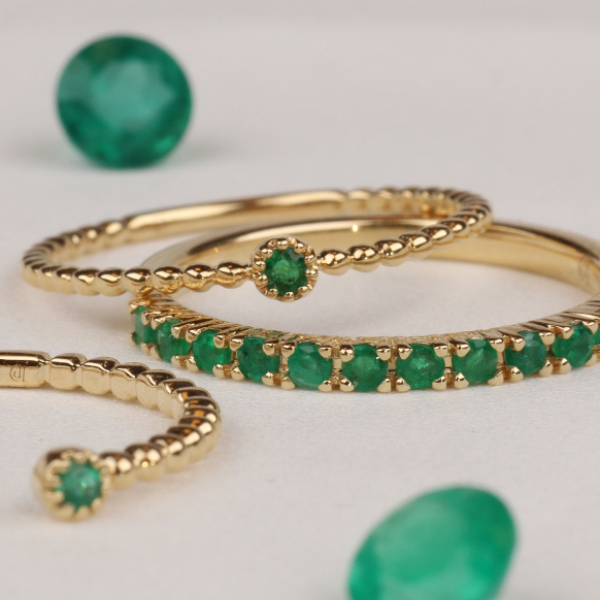

Beril
The emerald is part of the Beril family. The Beril is known as “The mother of the precious stones. It has a high variety of precious stones, of which aquamarine (blue), heliodor (yellow), bid beet (red, morganite (pink), goshenite (colorless, white) and emerald. Smaragd is the only stone that is part of the "Big Four ”.
Origin
Until the late Middle Ages, this stone was extremely rare and of high value. Until then, emeralds were only found in two places. Namely in the Cleopatra mine near the Red Sea in Egypt and in the Habachtal, Austria. Only in the sixteenth century when the Spaniards invaded South America, the famous emeralds of Colombia were discovered. In addition, in the twentieth century the Great Mine of Zambia was added. Currently, the most important sites of Smaragd Colombia, Zambia, Pakistan, Afghanistan, Russia, Zimbabwe and Madagascar.
Compound
Smaragd owes its breathtaking green color to chrome, vanadium and iron. Due to the difference in quantity, there is a variety in the green color of the gem. The gem must have a medium to dark, primary green color. A lighter color is generally considered green Beril.
Value factors
The value of an emerald is determined on the basis of the size and color, whereby the saturation and the shade in particular influence the price. The most desired color is light blue -like green with a strong lively saturation and a medium -down tone. As with many precious stones, the price per carat of a good quality emerald rises quickly. Colombian emerald in particular have a premium price.

